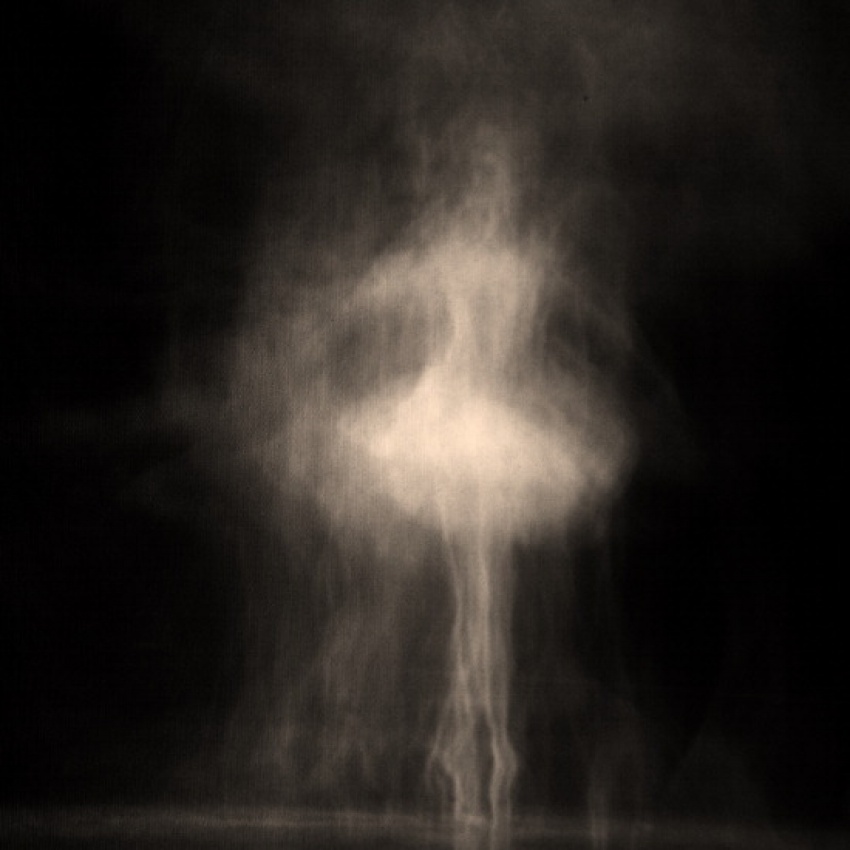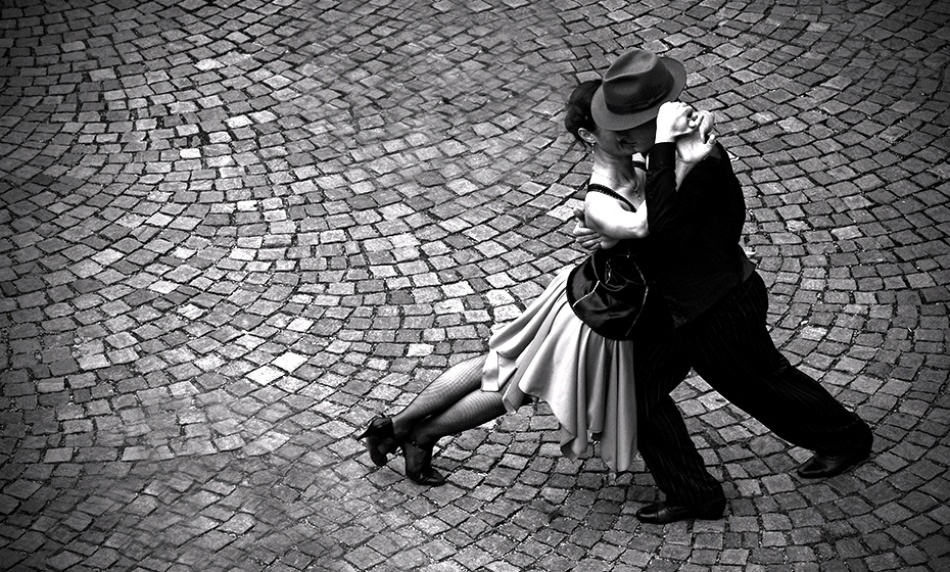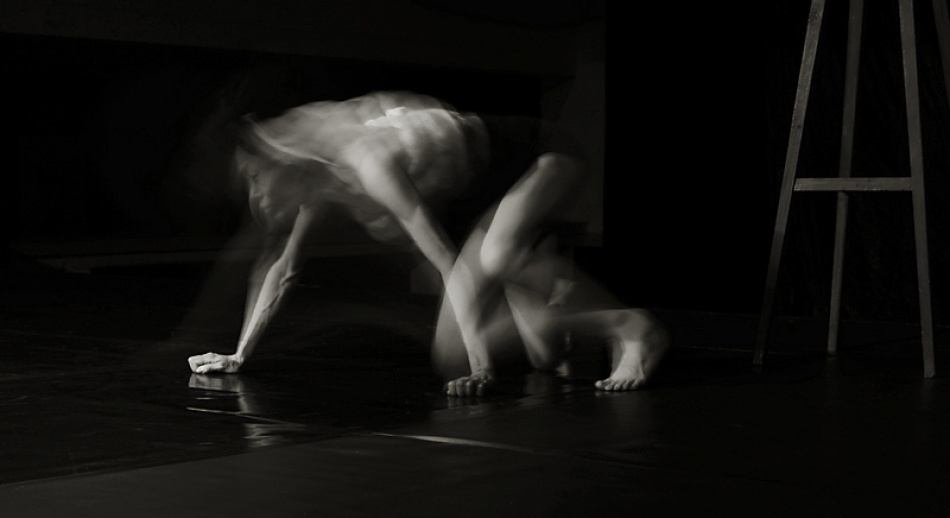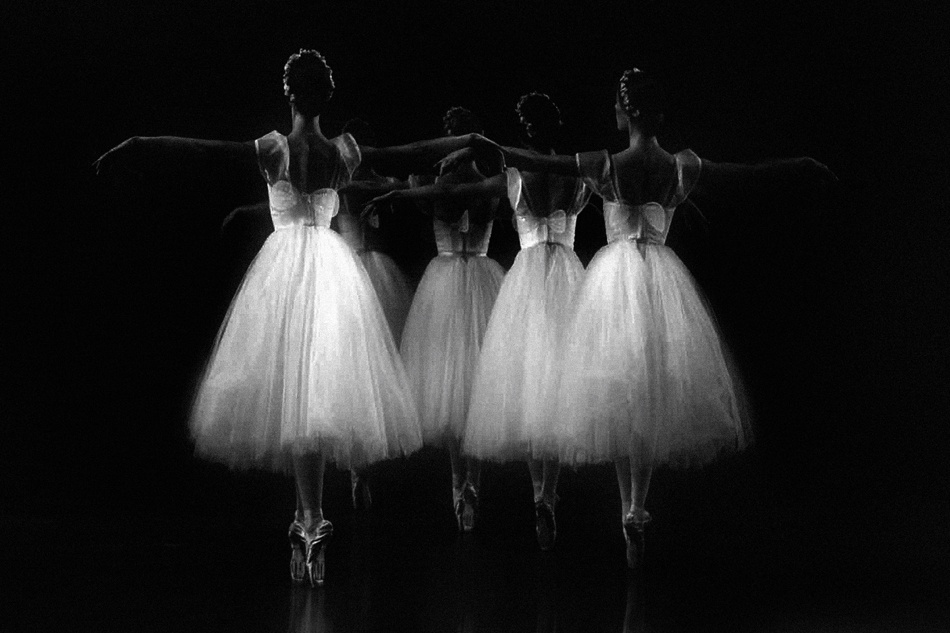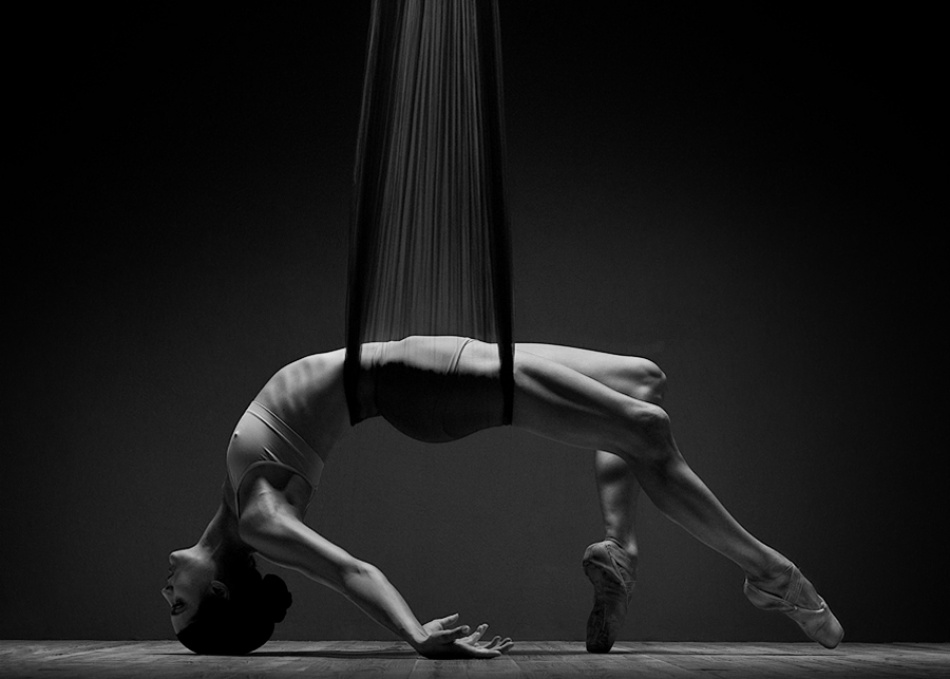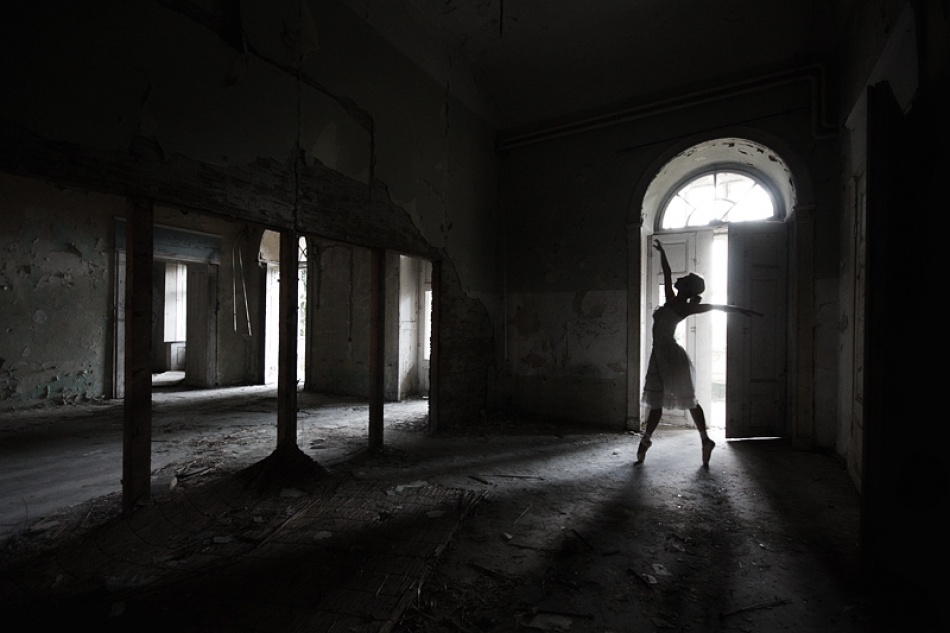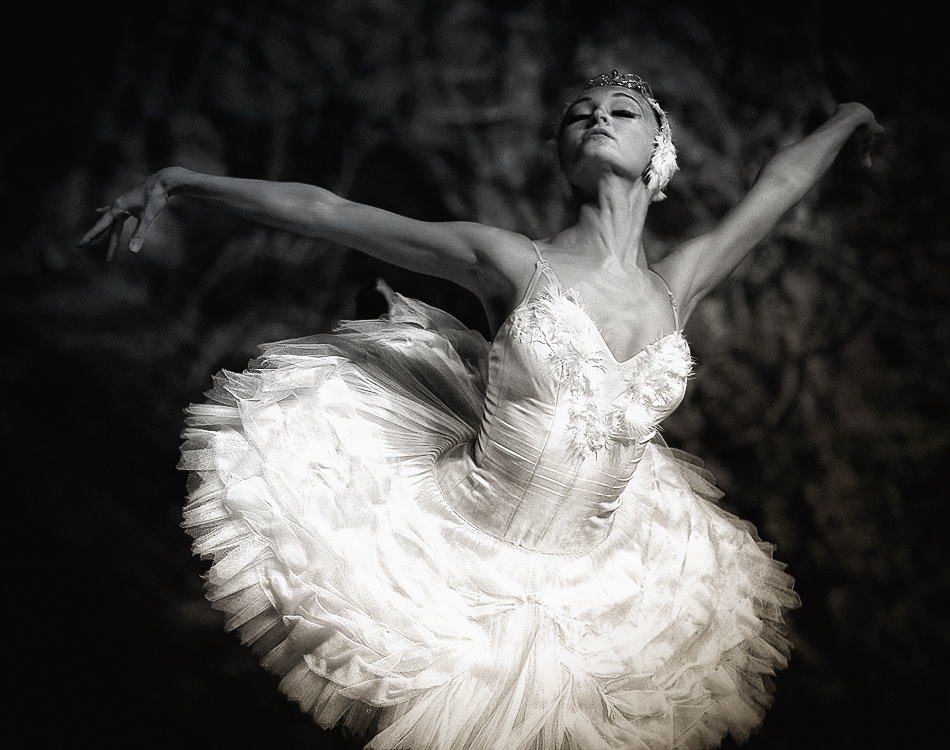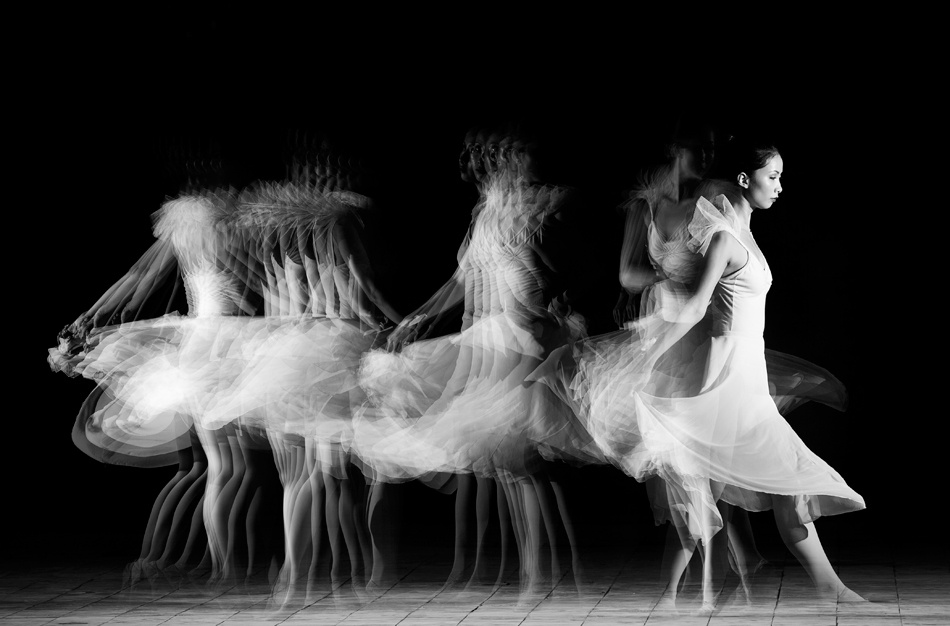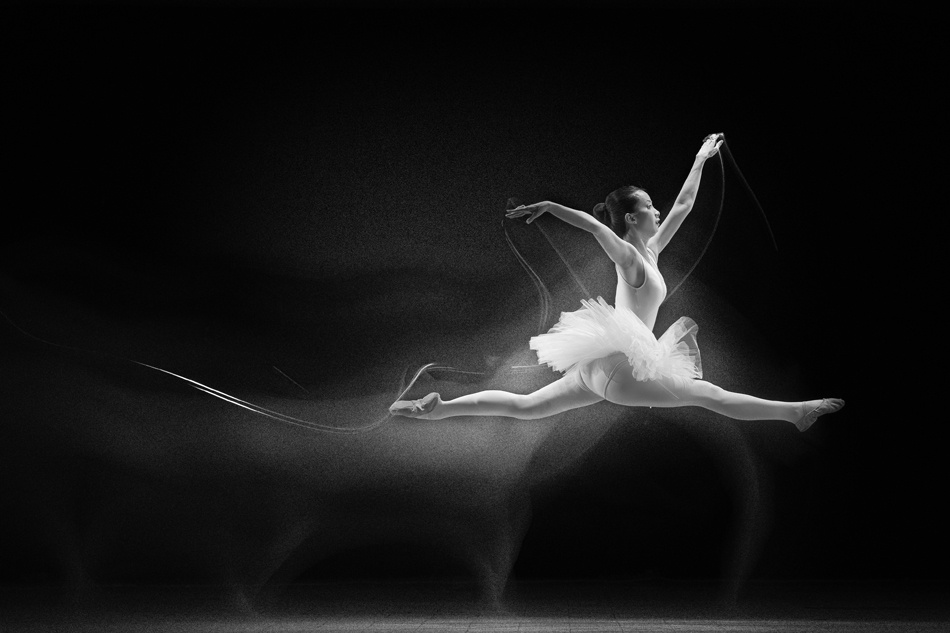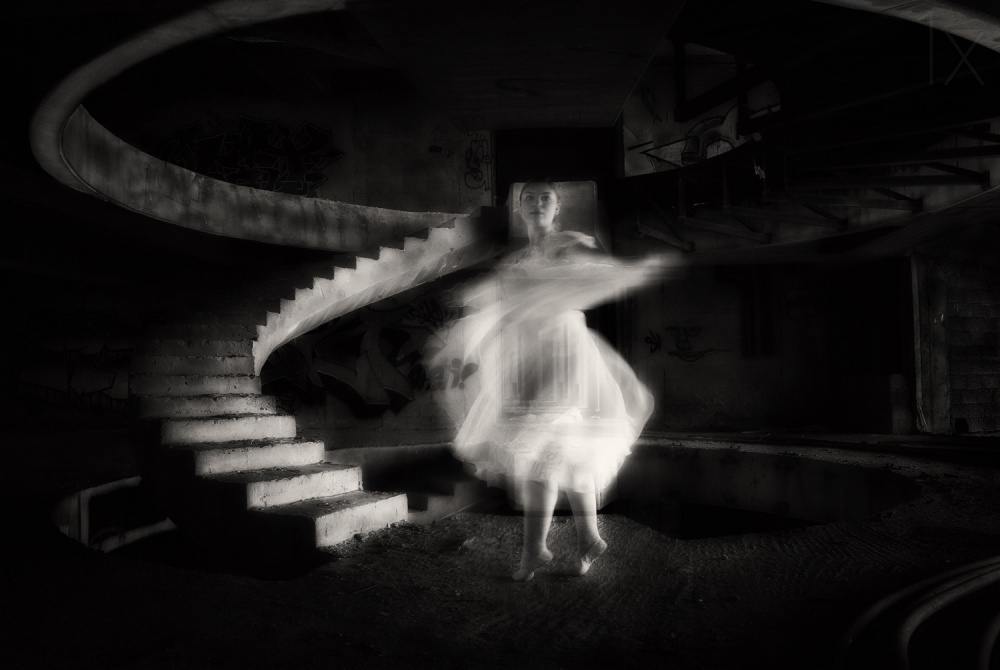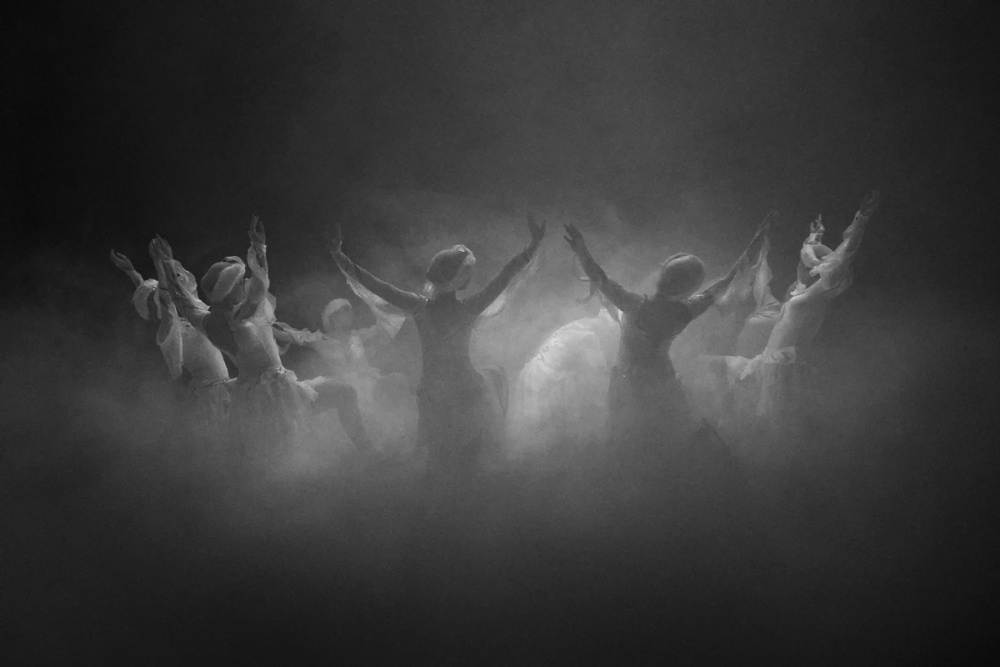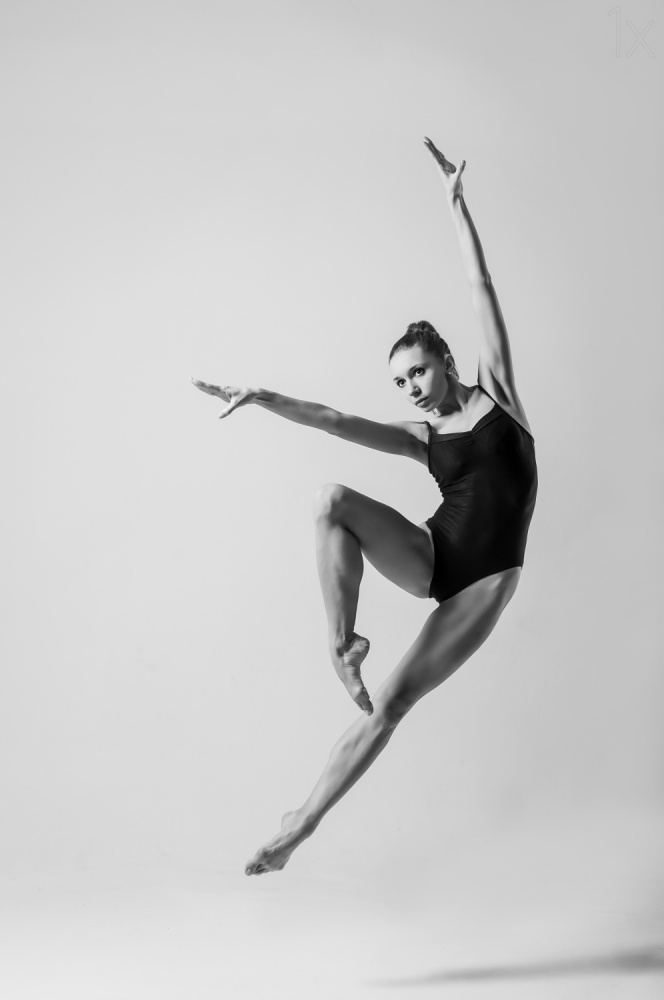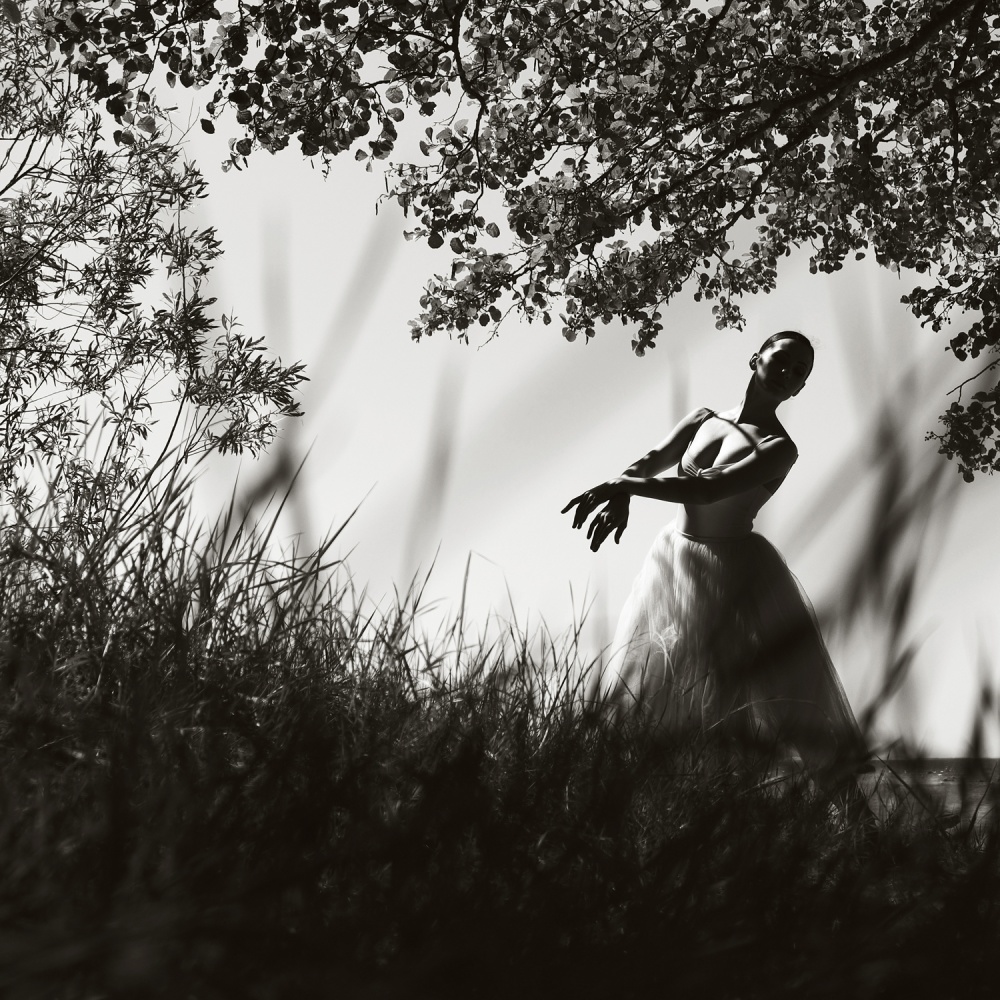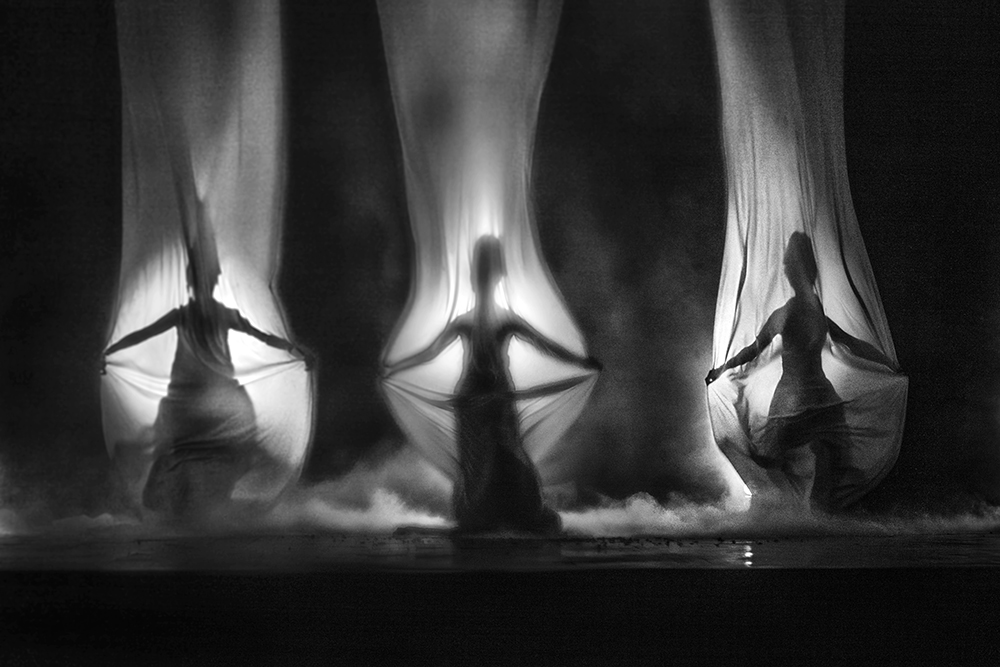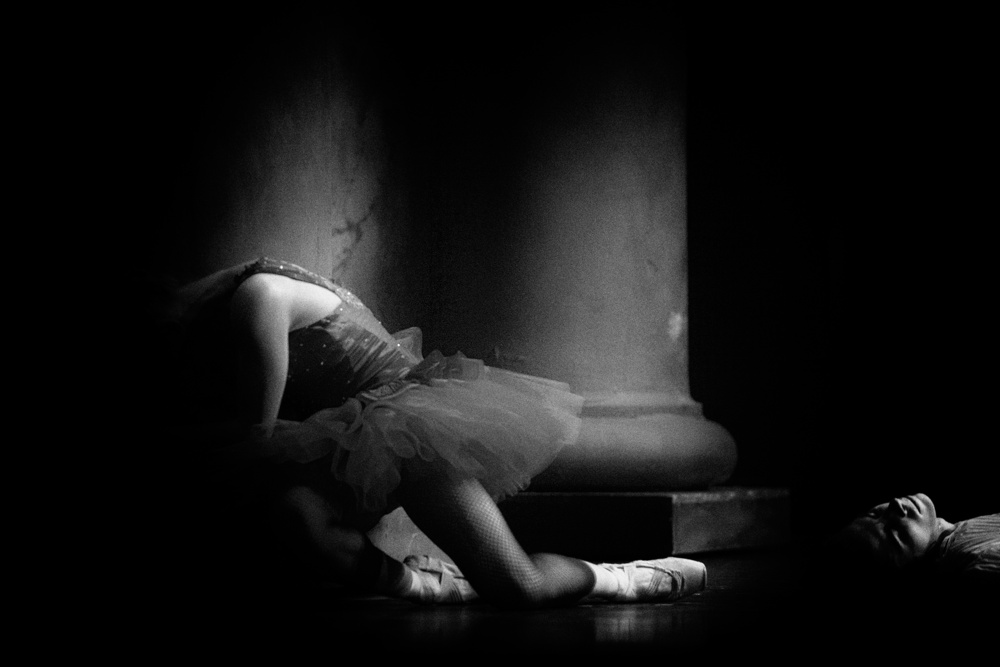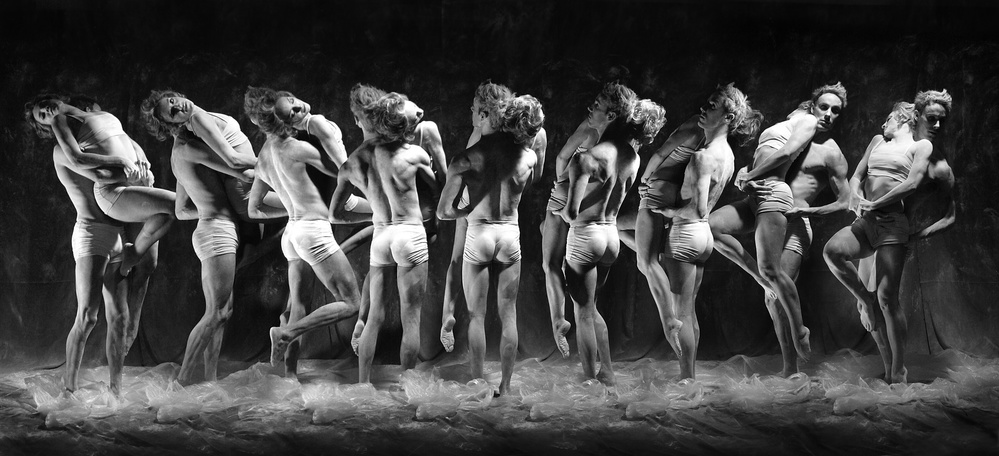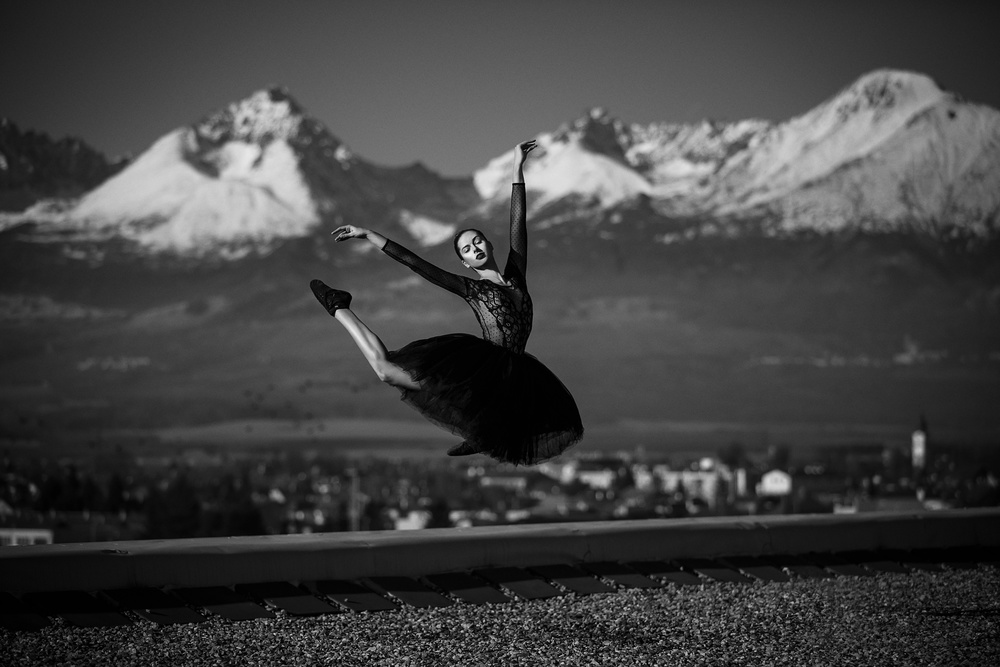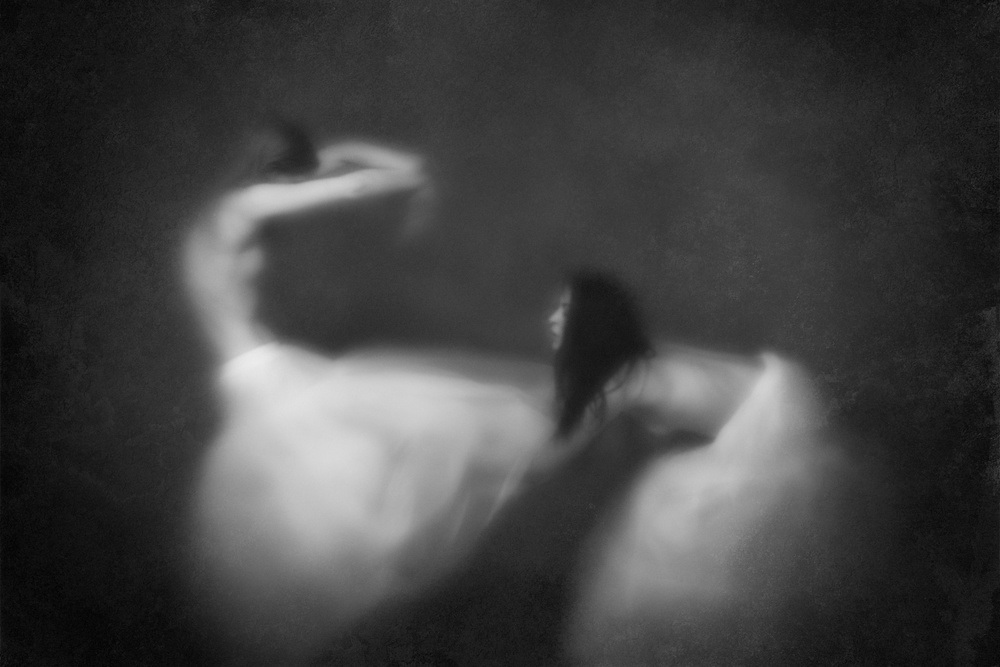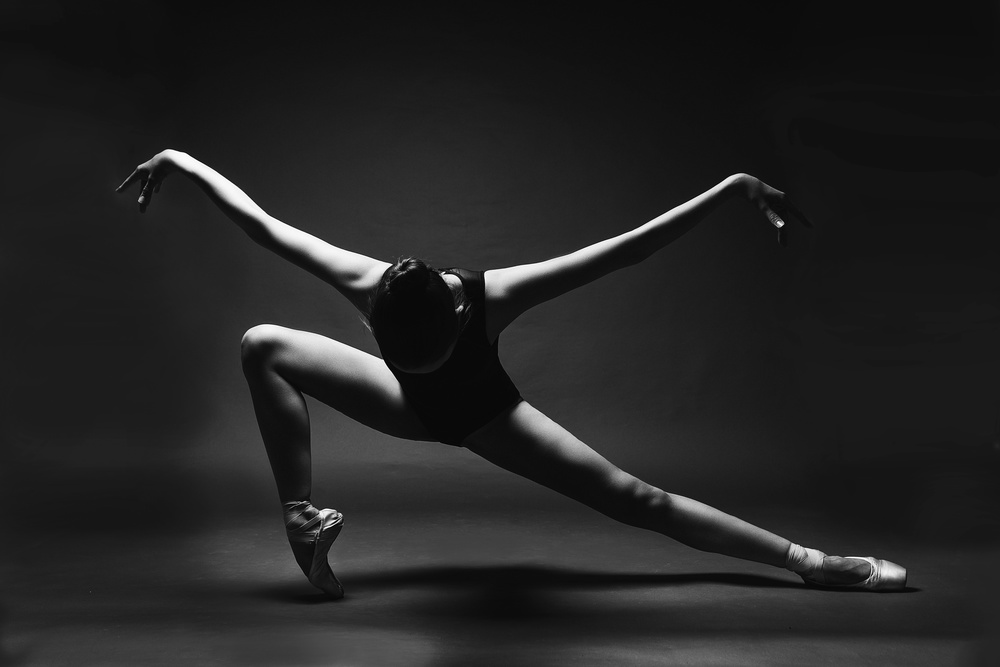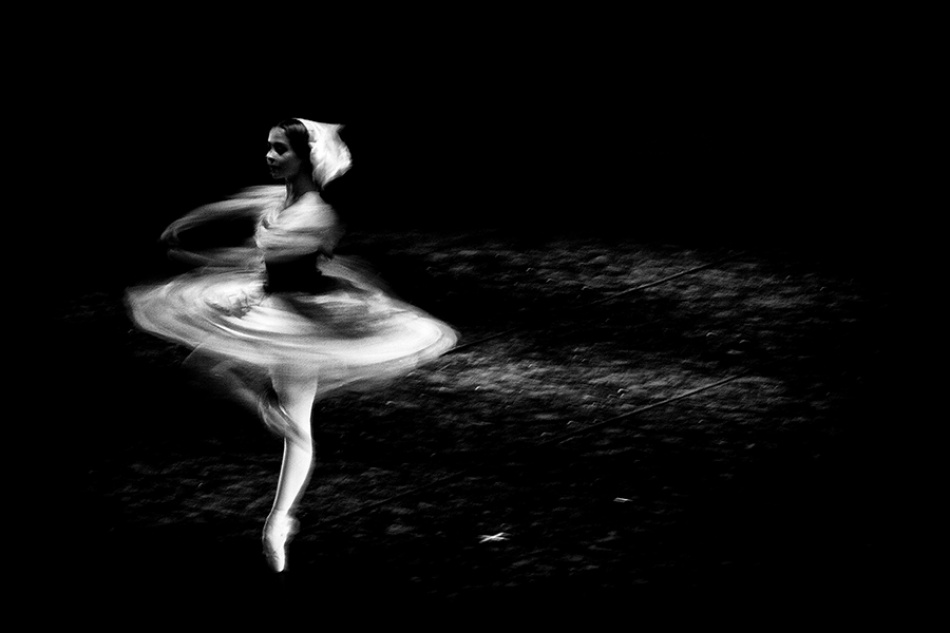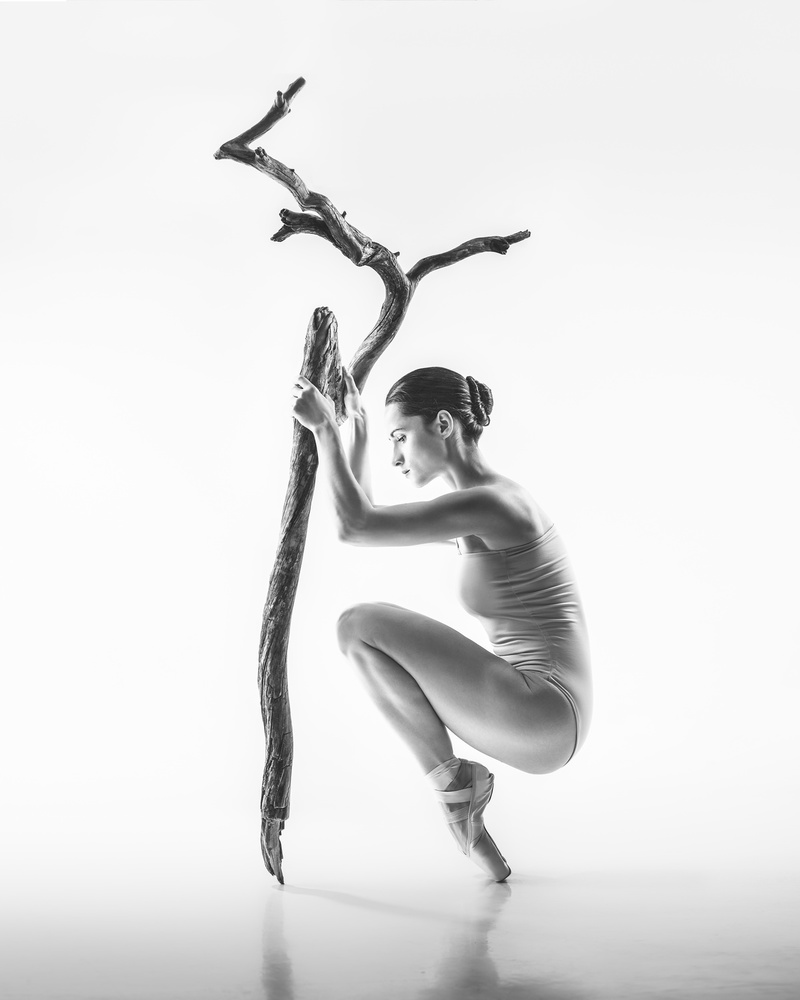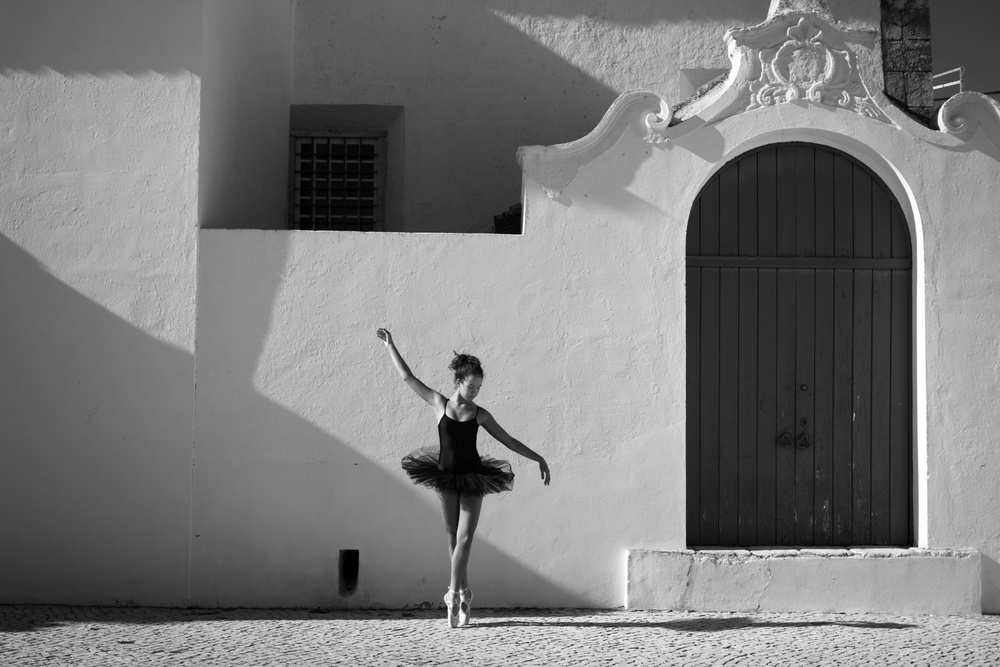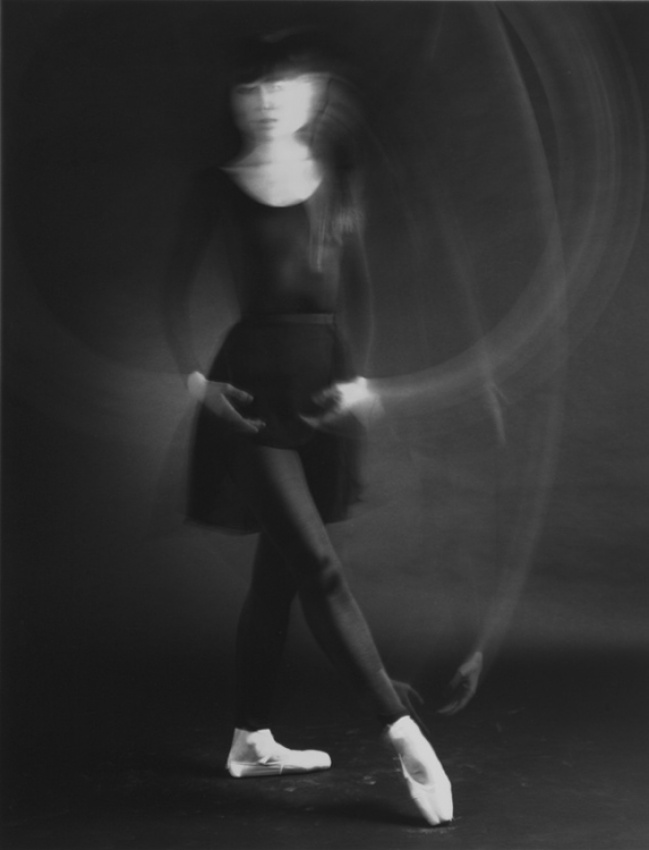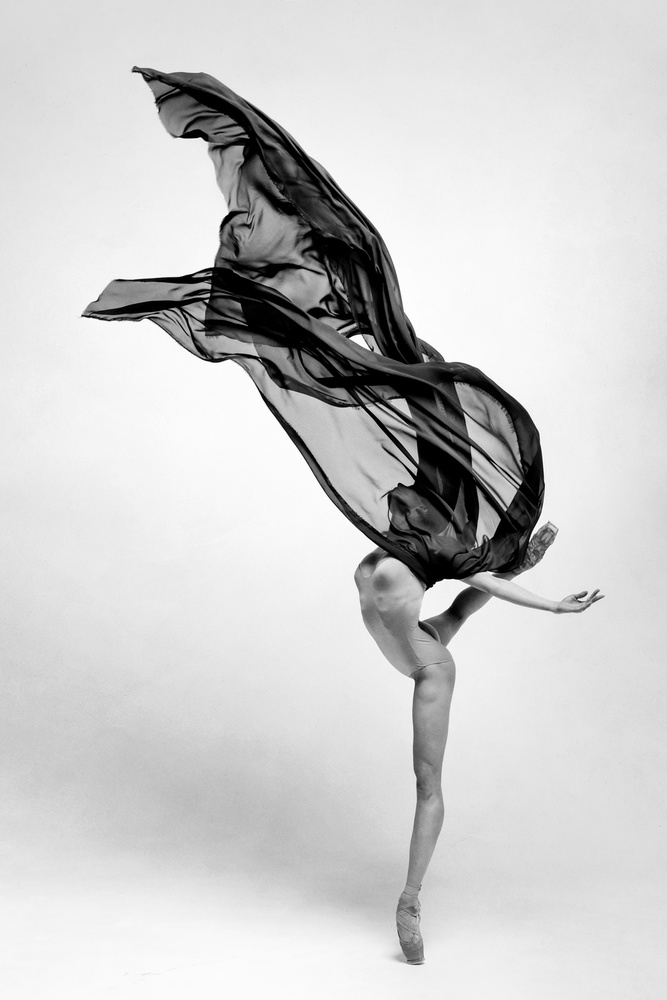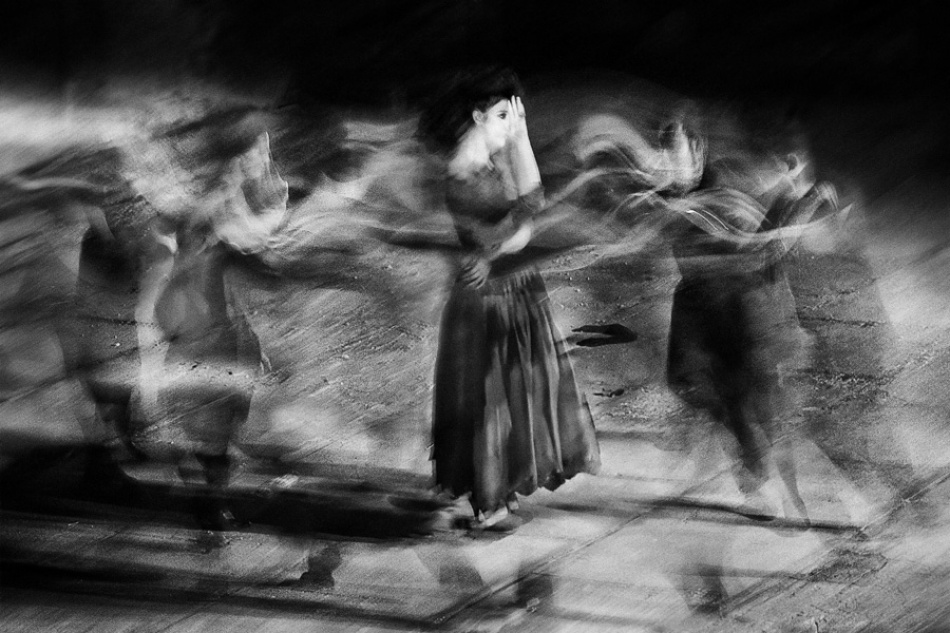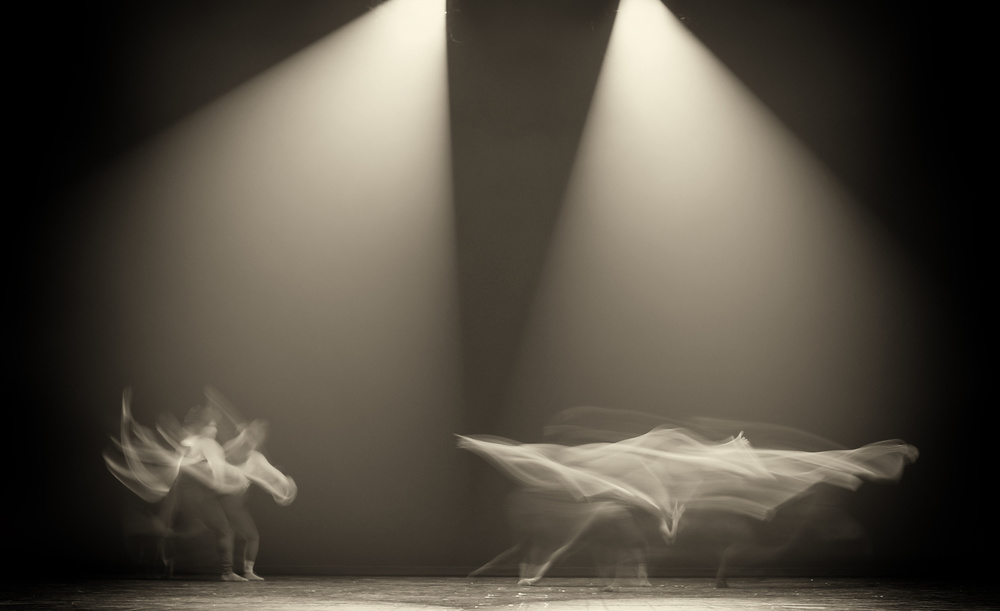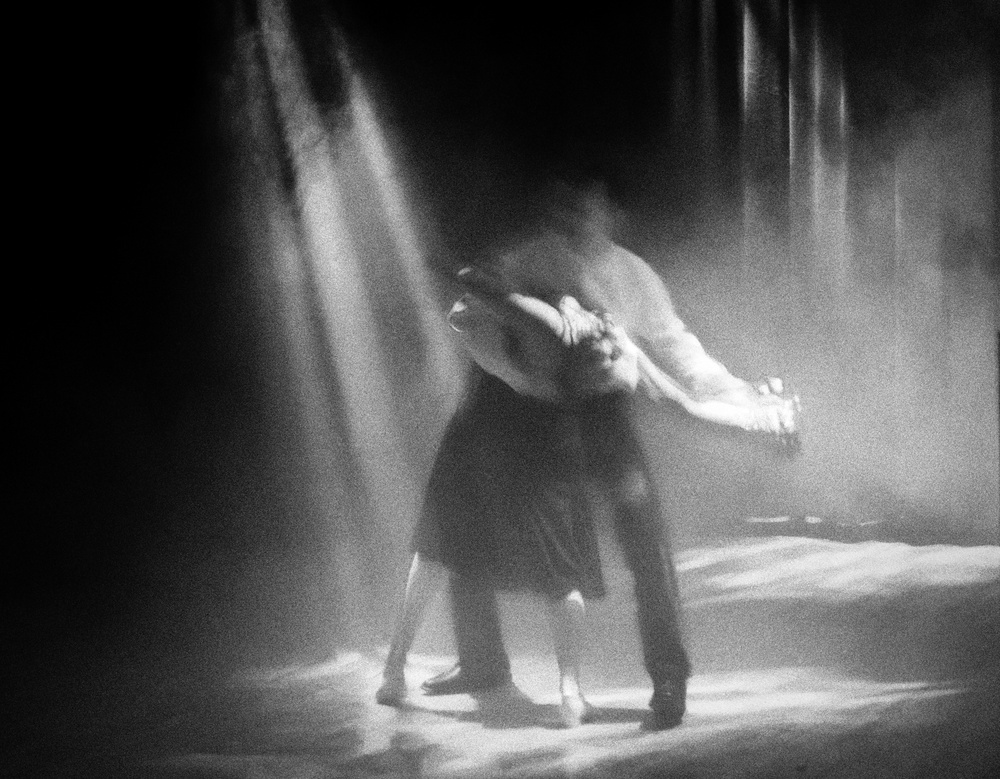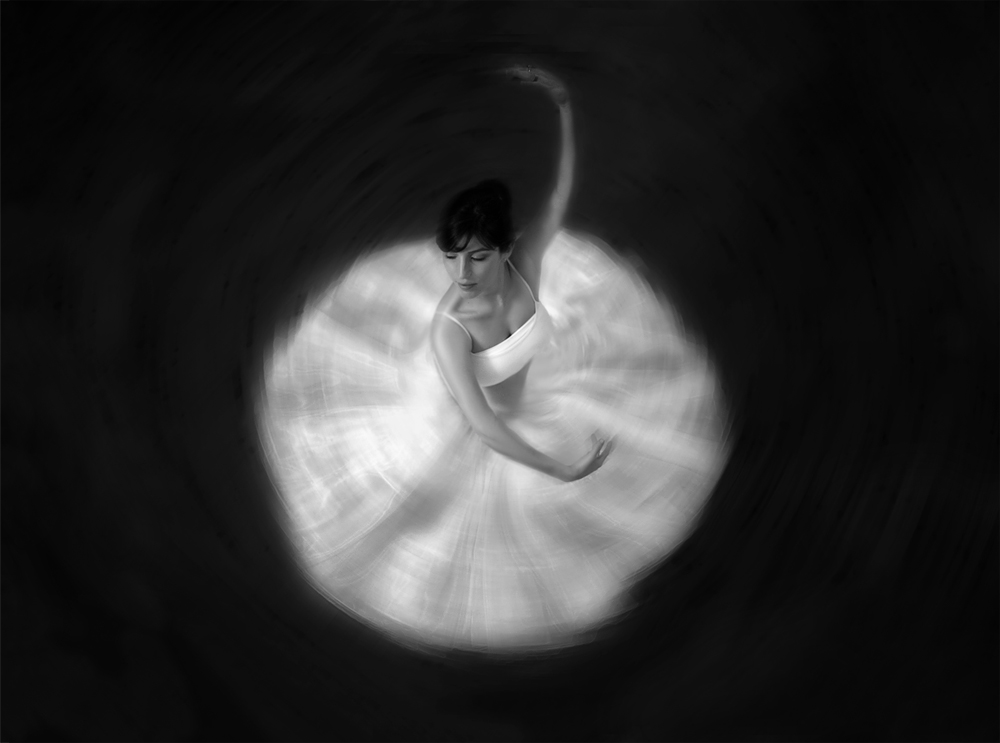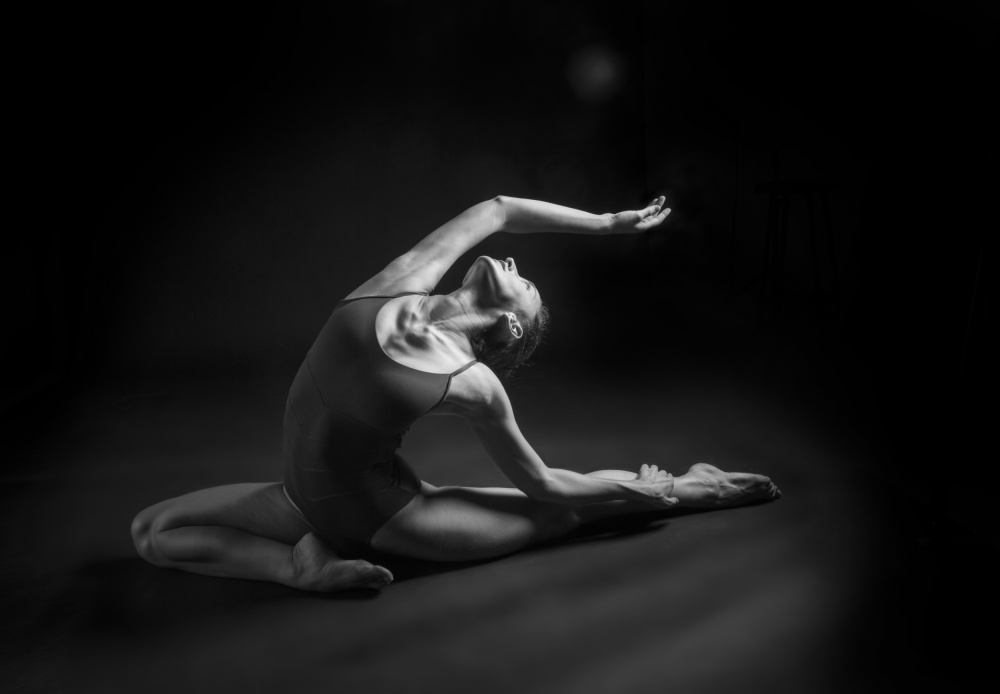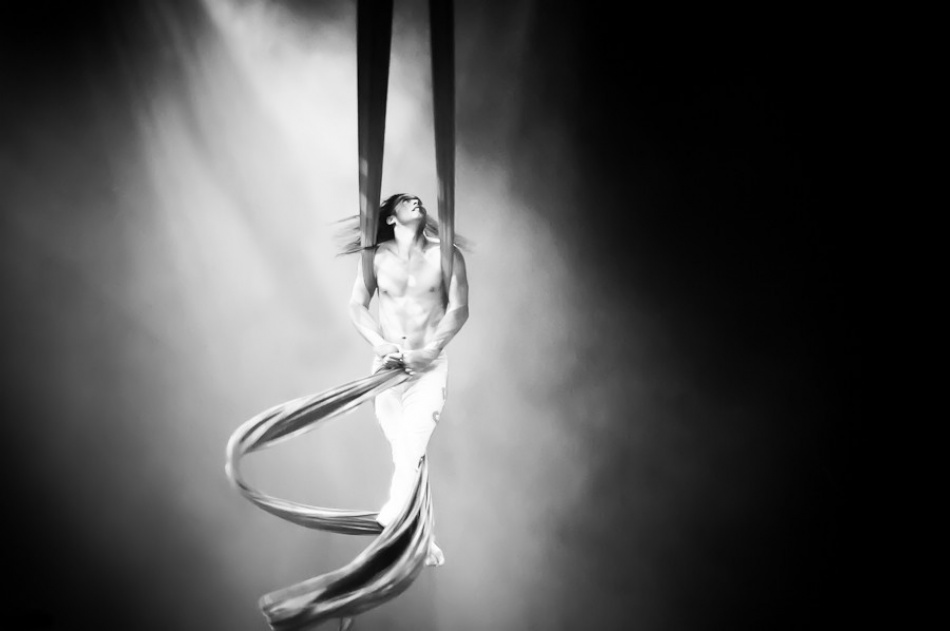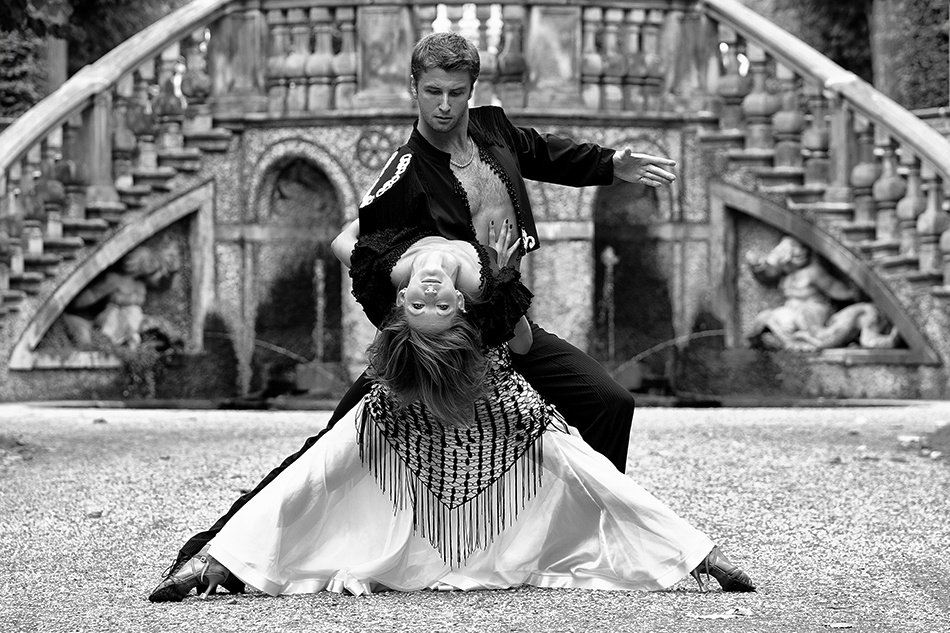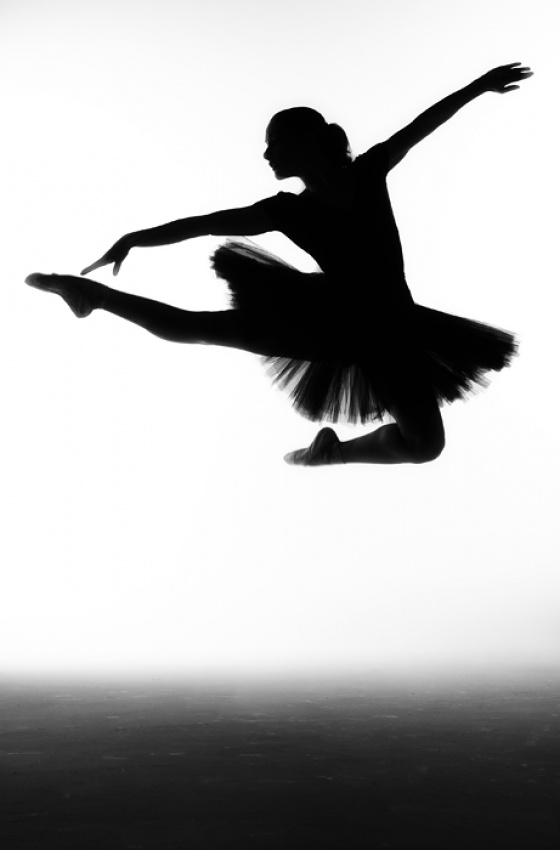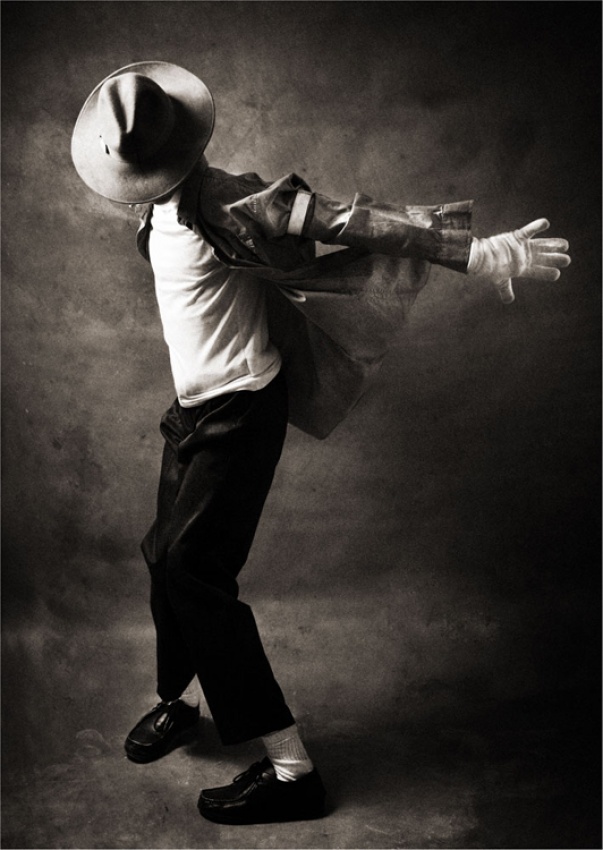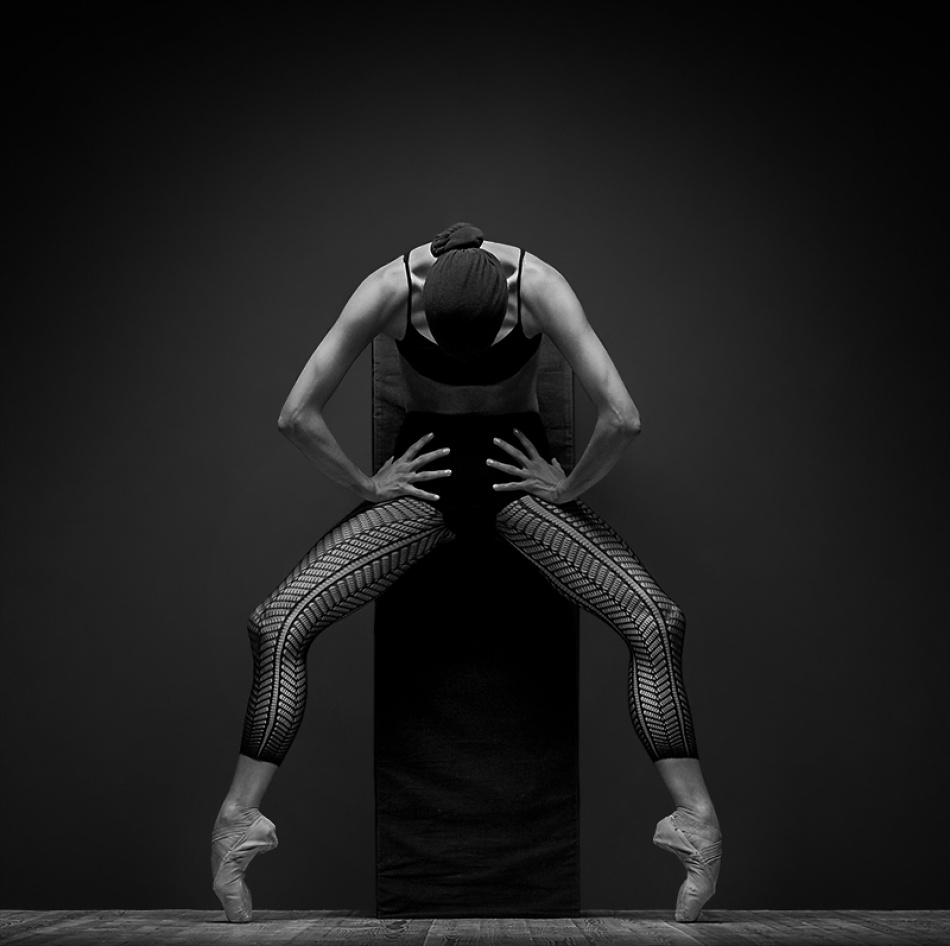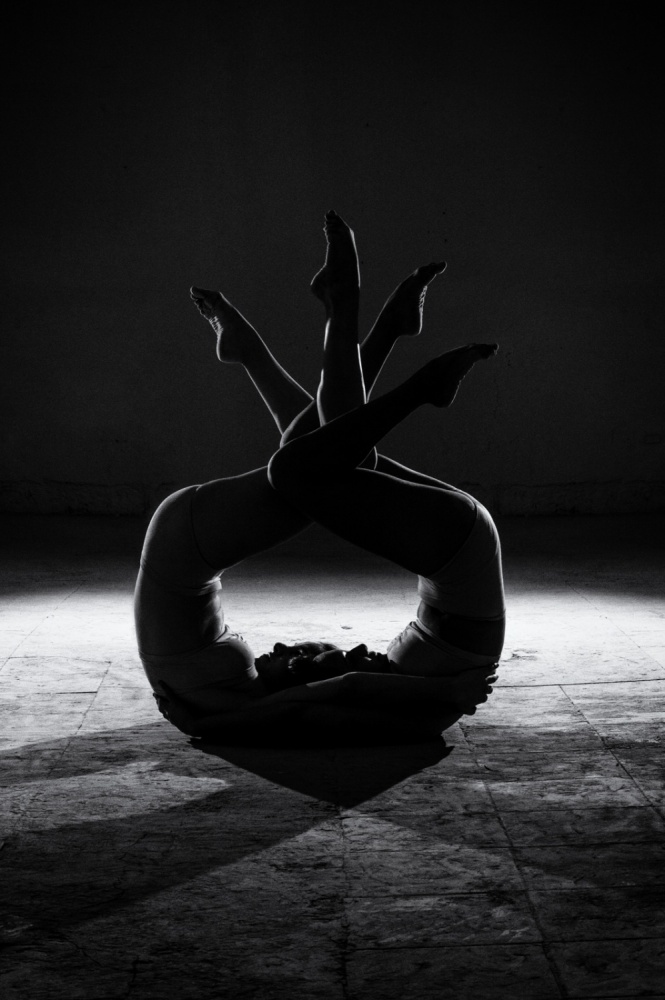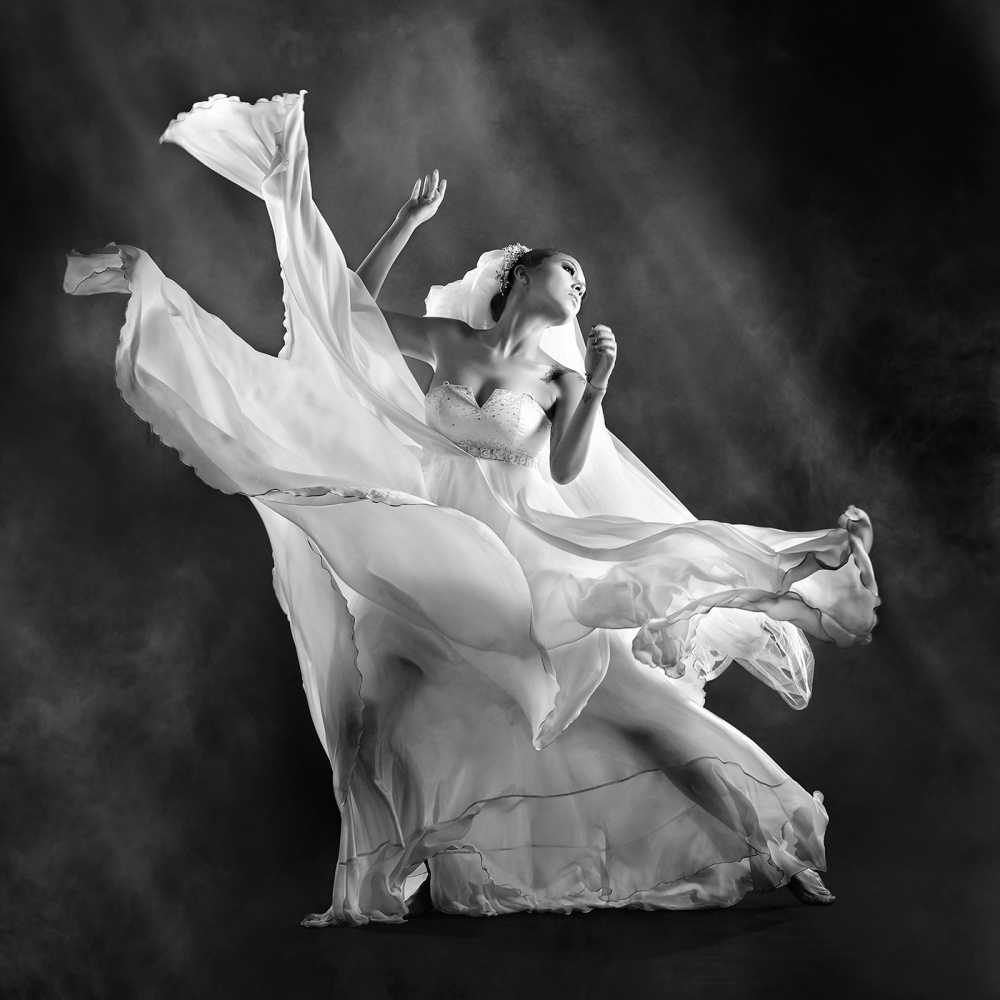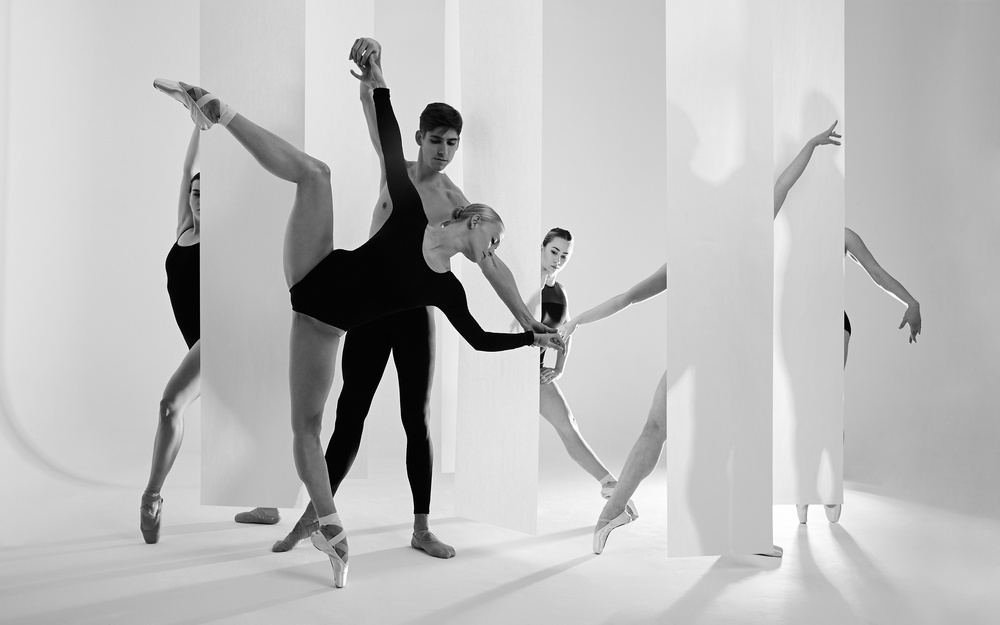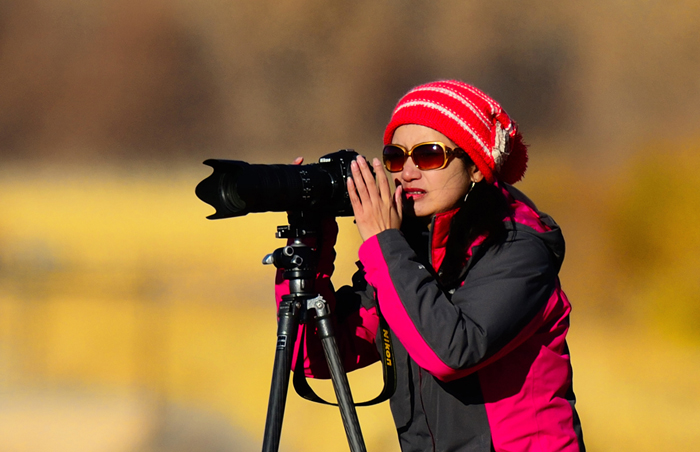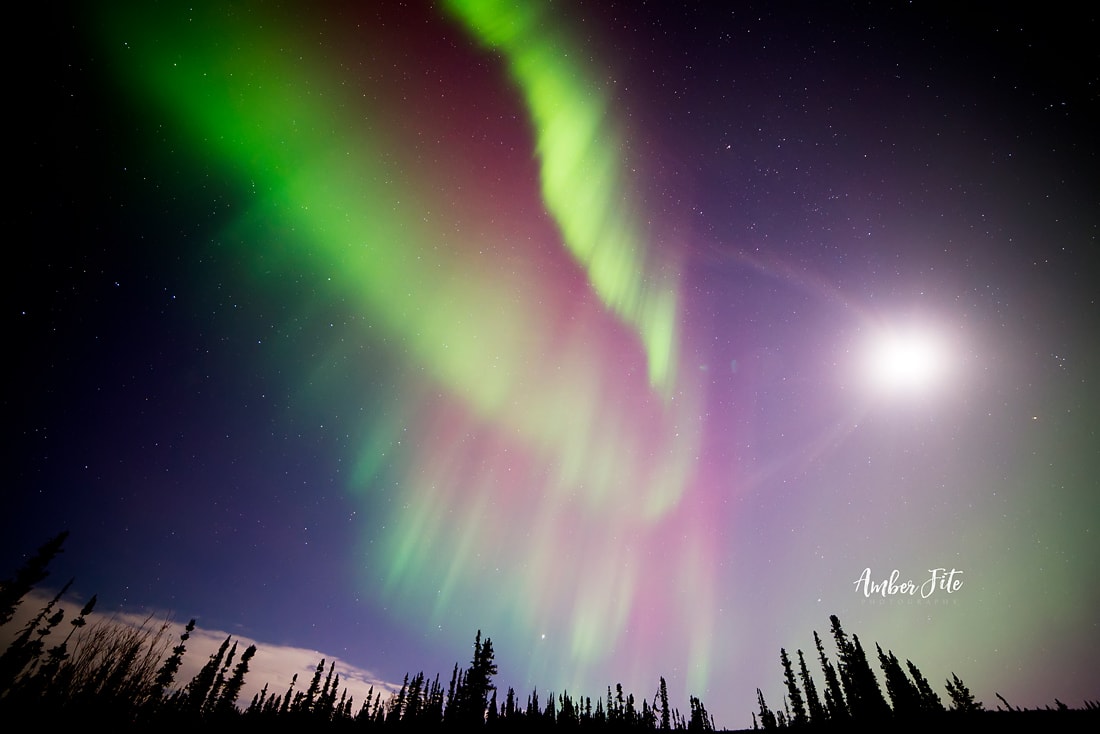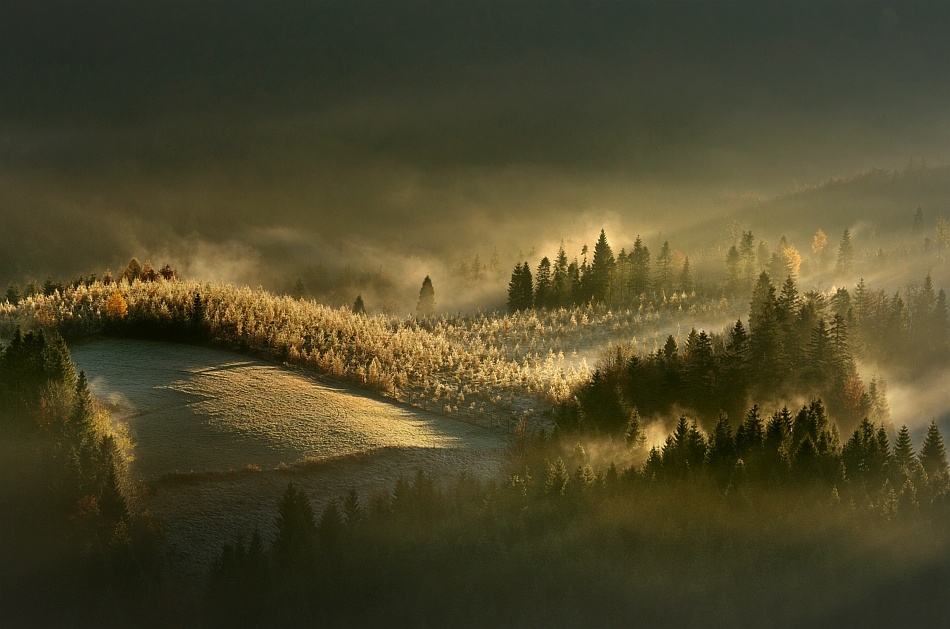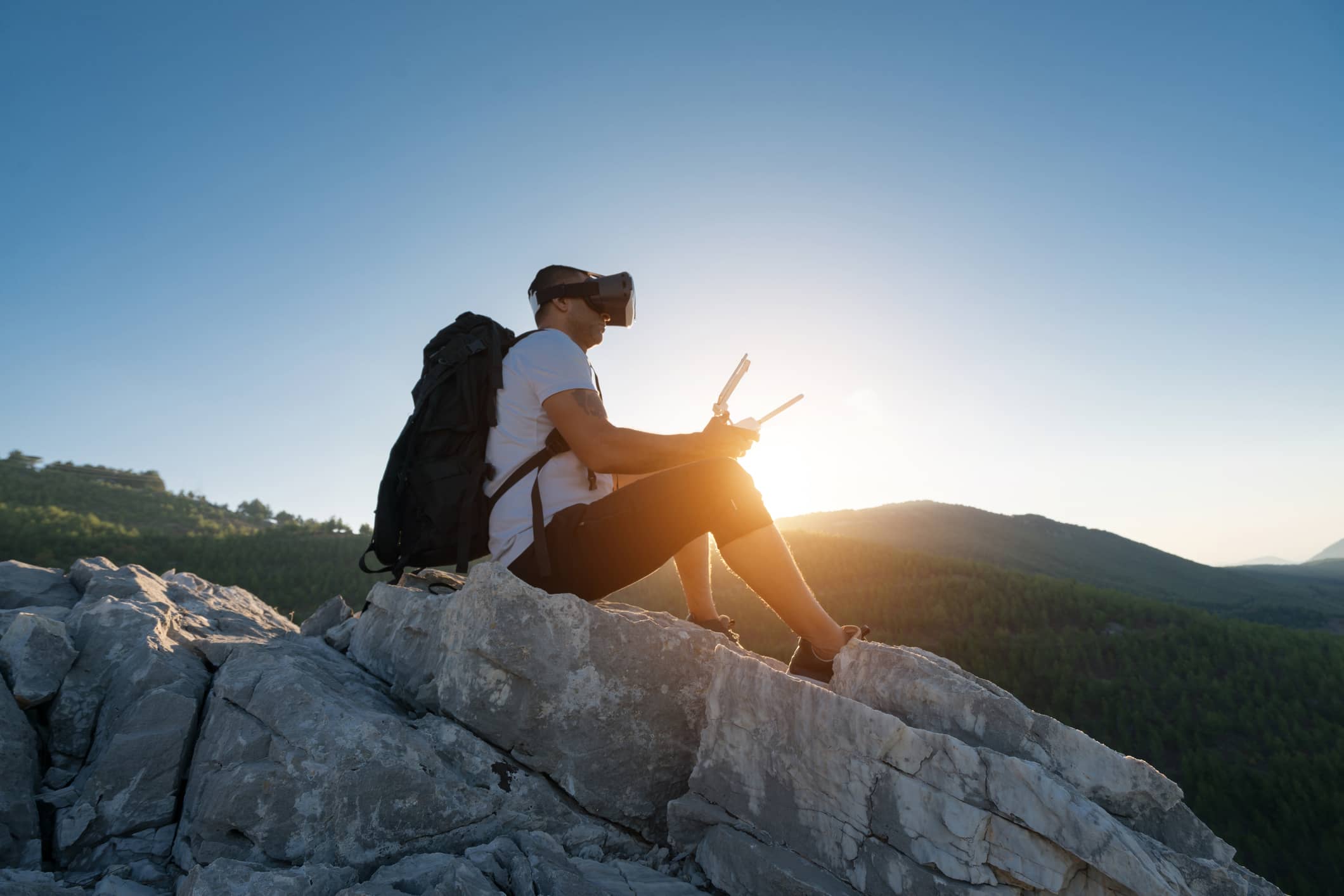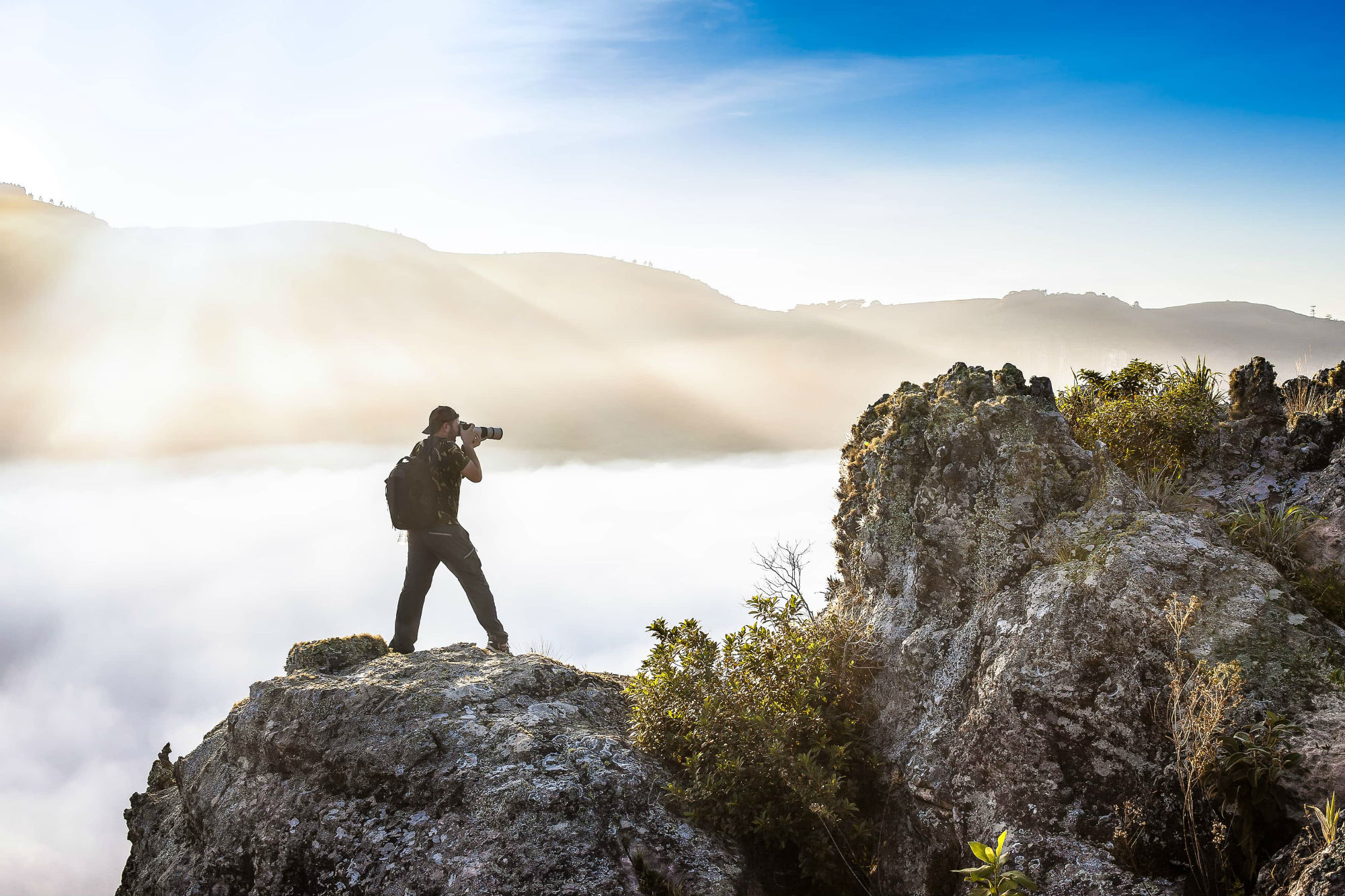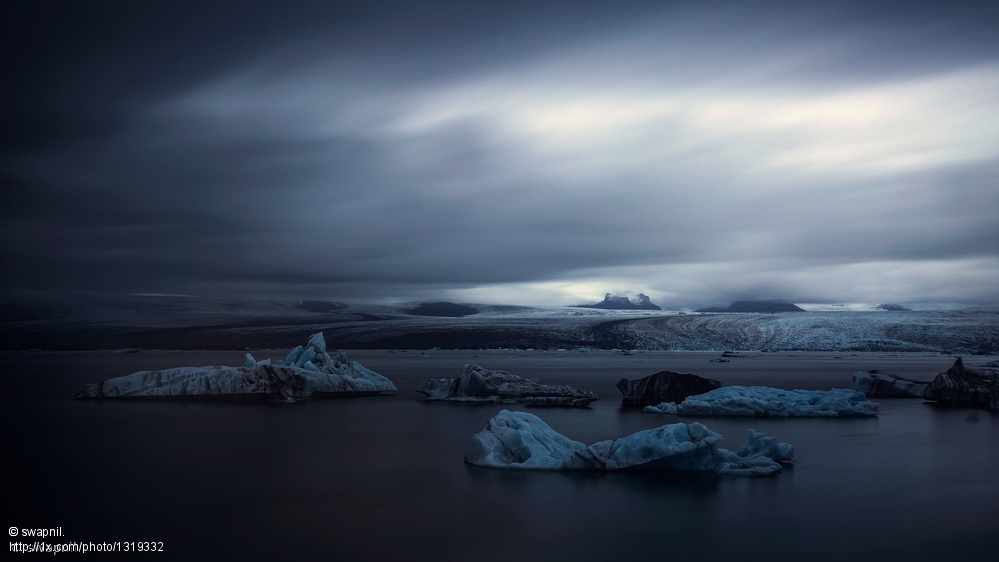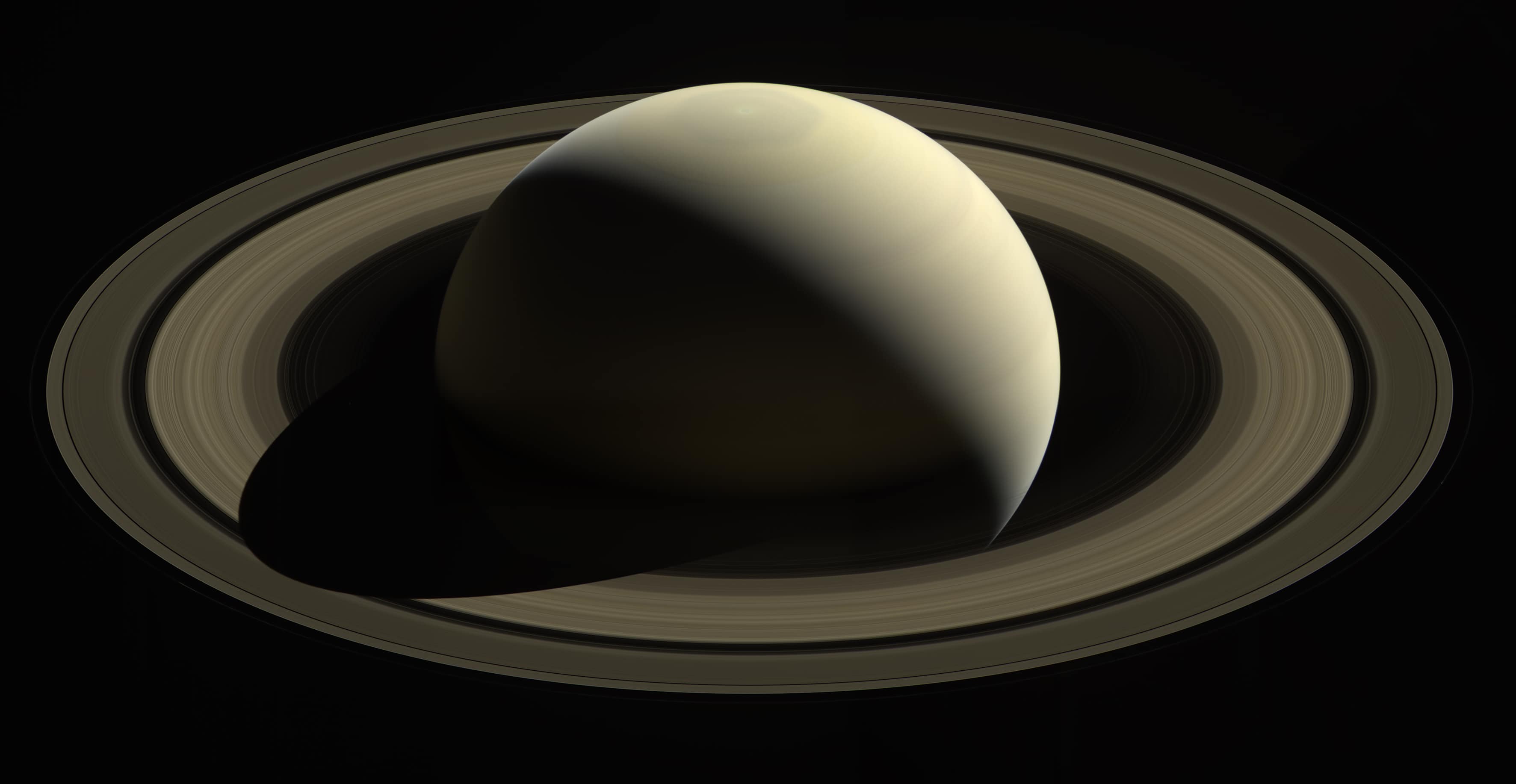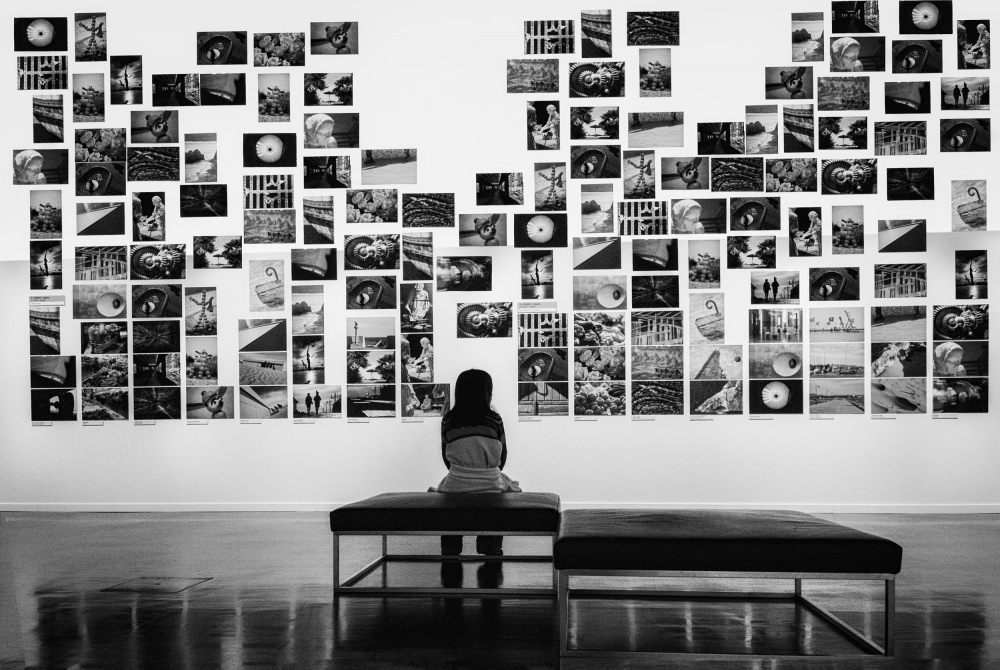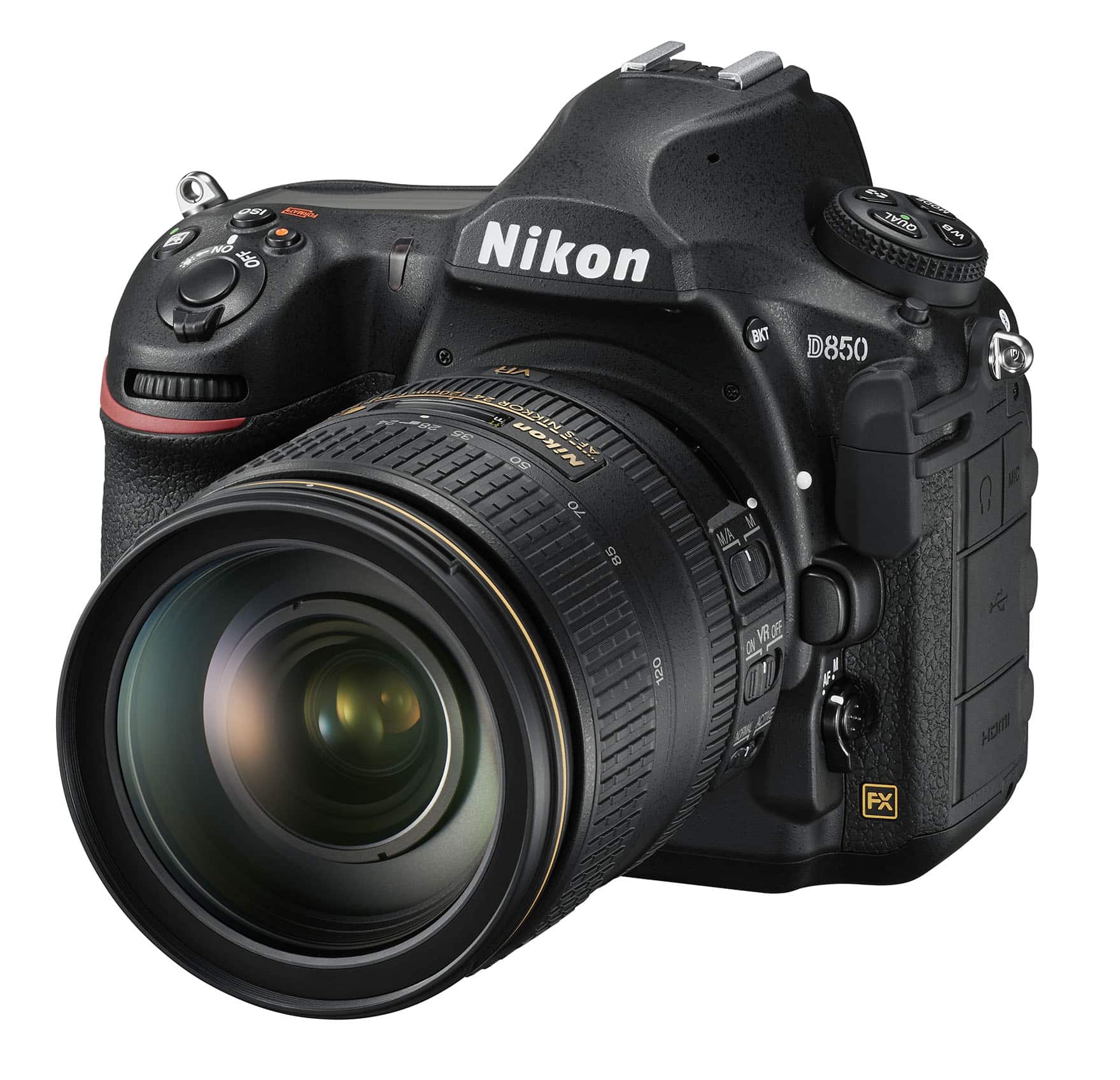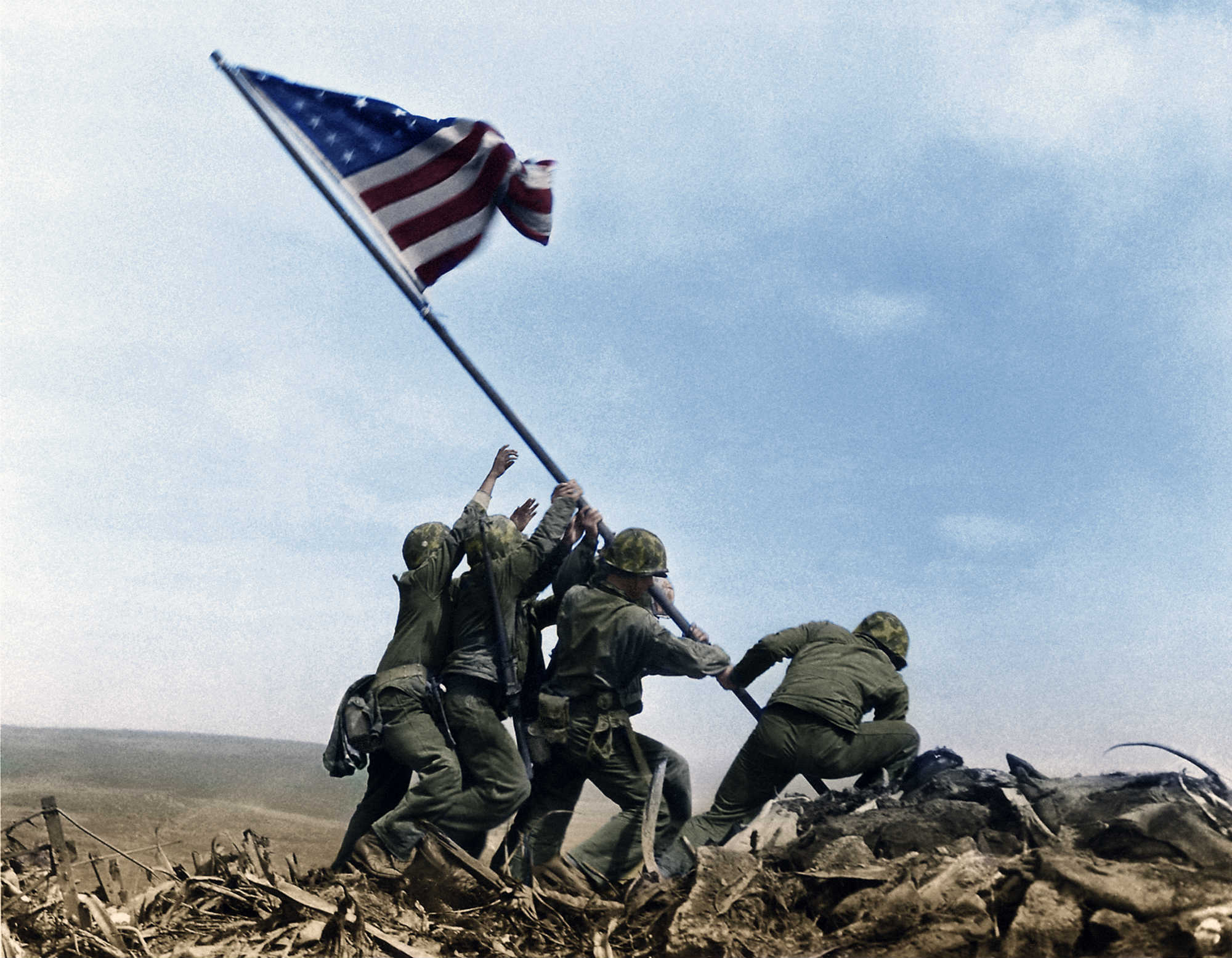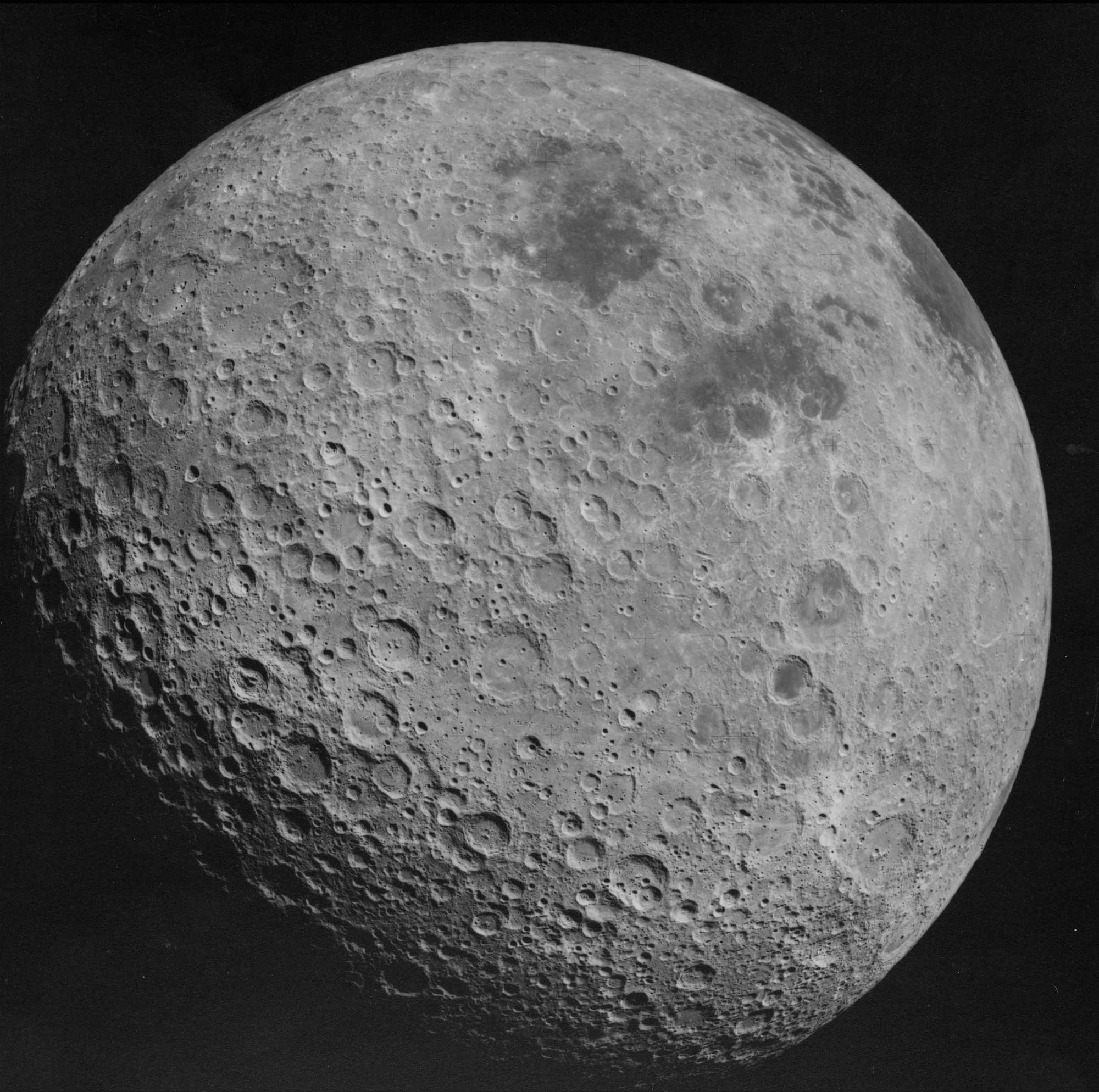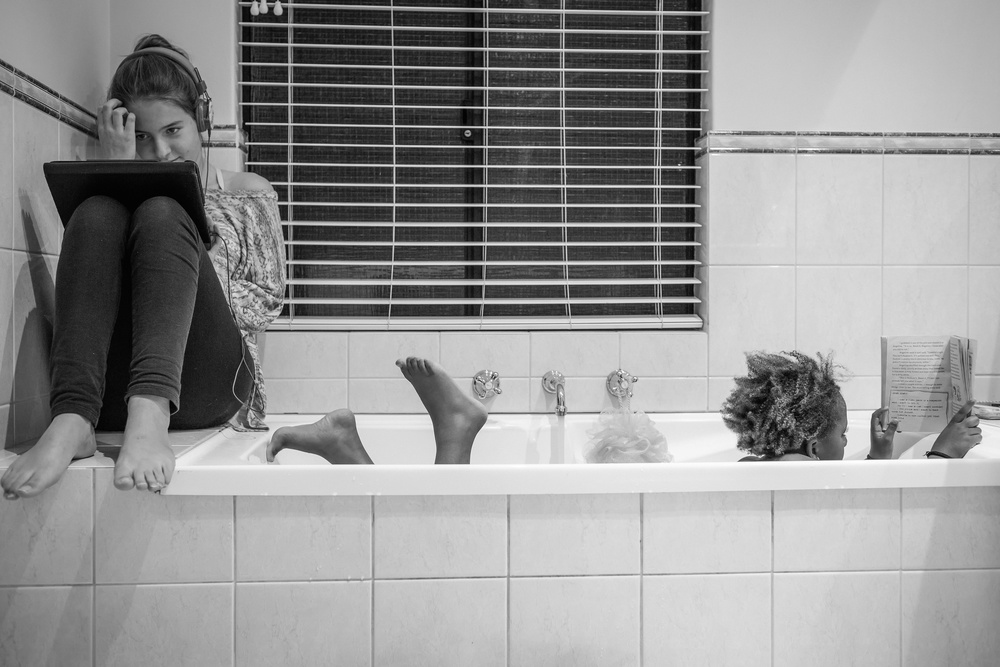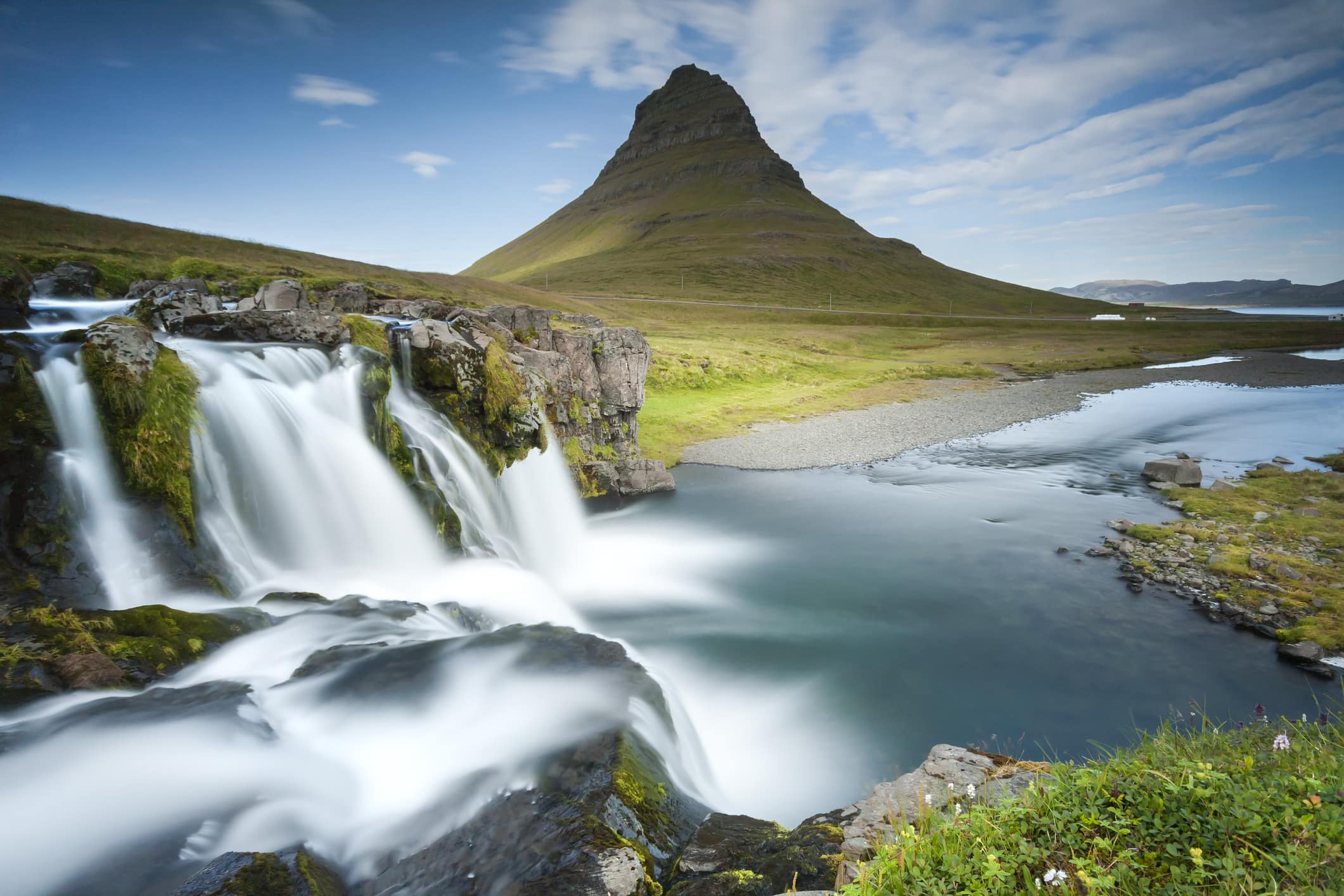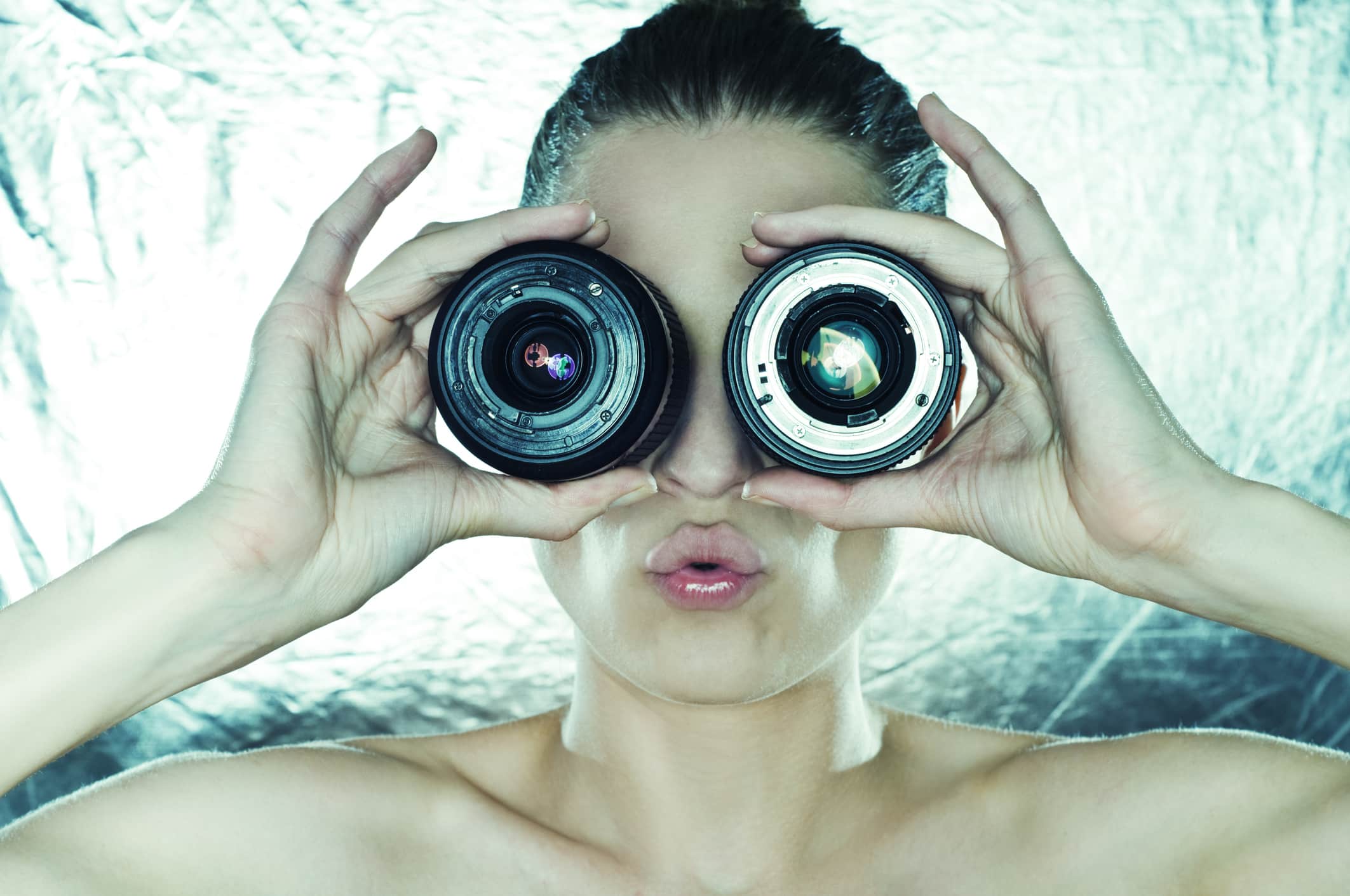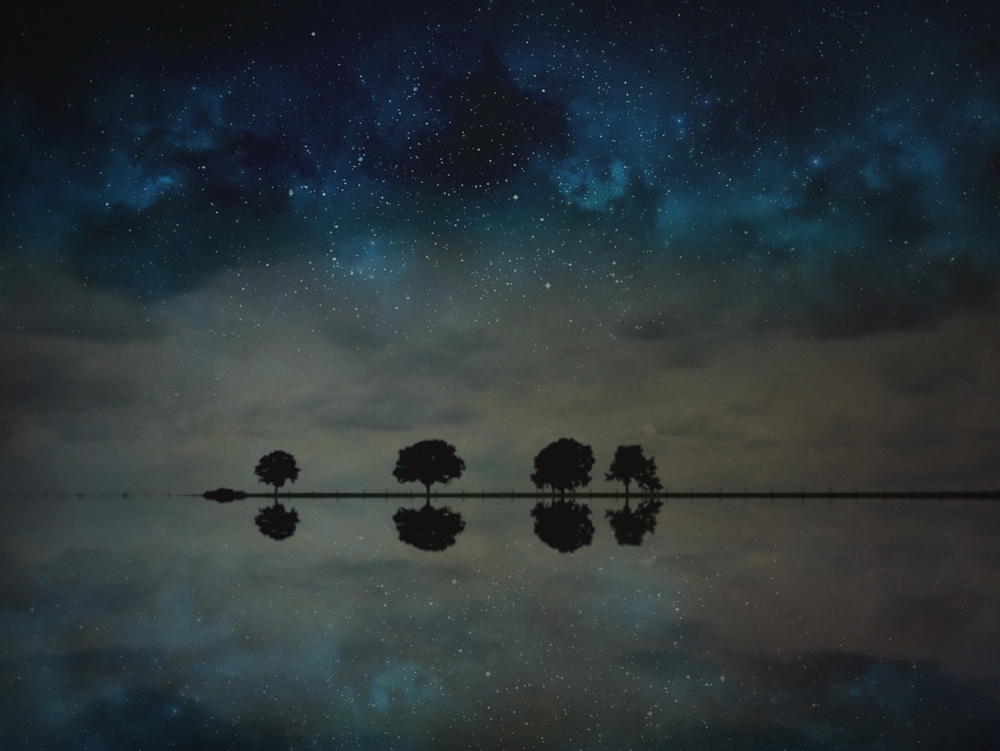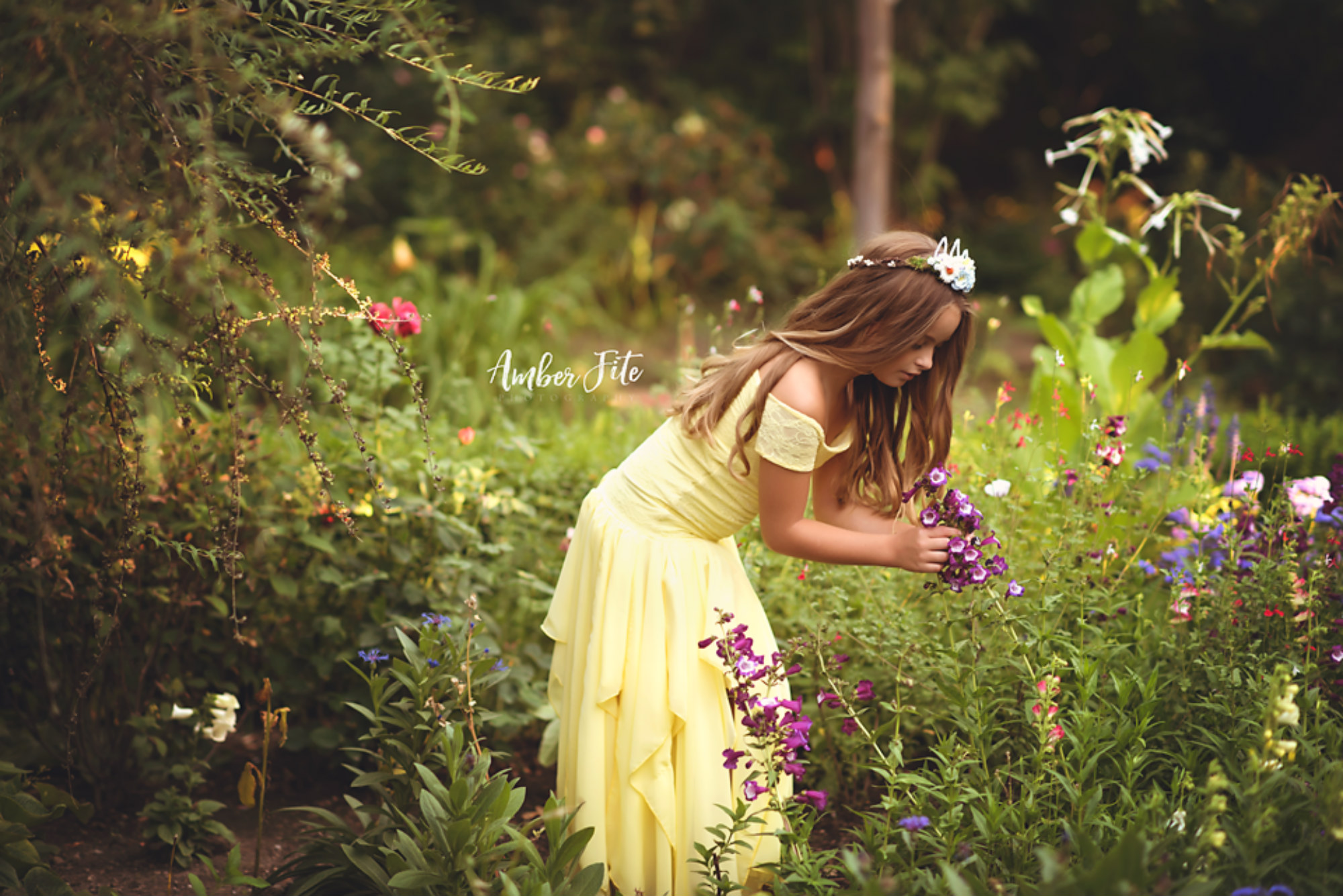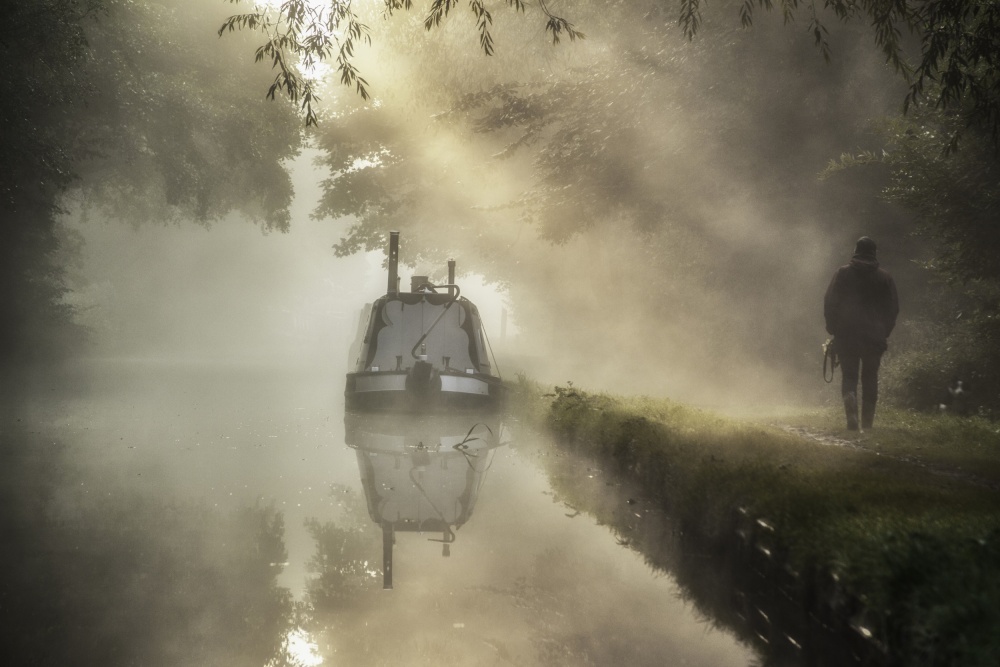Tips & Tricks
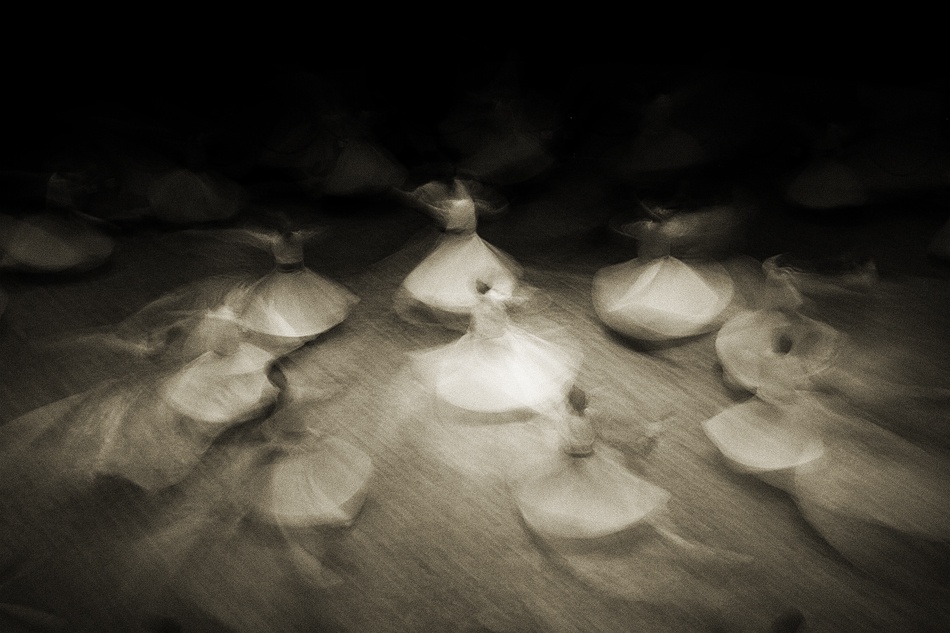
Not Dancing On My Own
1x Blog-Tips & Tricksby Editor Paulo Abrantes
“And those who were seen dancing were thought to be insane by those who could not hear the music”
~Friedrich Nietzsche, dixit~
“Dance is the hidden language of the soul / dancers are the messengers of the gods”
~Martha Graham, dixit~
Mankind always found a way to express and communicate through ages.
Photography is a way to communicate, as they say, to express feelings, emotions, to tell a story, to induce a thought, to send a message, to make a statement.
Even before language as primary code being used, gesture come out as way to communicate and express feelings and, with gesture, dancing come along ages away before language and words – as sounds, first, and words, after.
That´s why we can remember dancing in human natural history as for so long we exist as human kind and before.
It´s like an animal thing, so old and so primary that we can even found something similar in the natural wild animal kingdom, and not just in “mammals” but also in oceans, rivers and skies of our planet.
Dancing is being for some centuries associated to music and maybe is one of the most developed and refined techniques for humans to communicate with each other and to express feelings.
There is war dancing; ritual dancing, mating dancing, couple dancing, rock dancing, classic dancing, rumba, waltz, tango, contemporary dancing, jazz, swing, samba, and so on and so on…, some lasting more than others: remember break dance?
Anyway, time to time, a new style is born. Like break dance. It was a need of a particular generation to express themselves and to communicate some kind of message in a particular and different way with a particular and different kind of music. The same, when Elvis tried the first steps when bouncing his hips on television.
Every culture, every society, have developed some particular way of dancing and now, with the world going more and more global, in a daily bases and at supersonic speed, we have a “gazillion” choices to suite every personal taste for dancing. No excuses for not going to.
Science helps a little to convince the most sceptics: recent studies demonstrate that dancing improves brain function on a variety of levels, showing how different types of practice allow dancers to achieve peak performance by blending cerebral and cognitive thought processes with muscle memory and “proprioception” held in the cerebellum. Through regular aerobic training that incorporates some type of dance at least once a week anyone can maximize this brain function.
Scientists gave little thought to the neurological effects of dance until relatively recently, when researchers began to investigate the complex mental coordination that dance requires. In a 2008 article in Scientific American magazine, a Columbia University neuroscientist posited that synchronizing music and movement – dance, essentially – constitutes a “pleasure double play”. Music stimulates the brain’s reward centers while dance activates its sensory and motor circuits.
In the other side, movie industry quickly understood the potential of dancing to communicate and grab the audience to the screen even before words could be heard in a movie theatre. And after, when sound came up, musicals where the standard for telling a story, with lots of dancing for something like 3 hours of analogue beauty, mixing amazing dancing performances, organic sound on the speakers and a lot of noise, scratches and pastel colours in “Technicolor” on the “Panavision” screen. Even contemporary film directors and actors couldn’t escape this kind of power in dancing: Coppola and Travolta just to point an example, and the movies made around the “dancing communication code” are just zillions in every category: One From the Heart, Mamma Mia, Hair, A Chorus Line, La La Land, Moulin Rouge, Sweeny Todd, Grease, Saturday Night Fever, Dancing in the Dark, Chicago and the list is just endless.
And you, when was the last time you went out dancing?
Besides the usual and common sense for the word dancing, "Dancing" is often related to aesthetics and very often with “ballet”. In the 1x community, many authors feel compelled to demonstrate all the beauty there is in dancing: Art being attracted to Art, we could say! The wonderful dance photographs in this gallery all respond perfectly well to this narrative.

